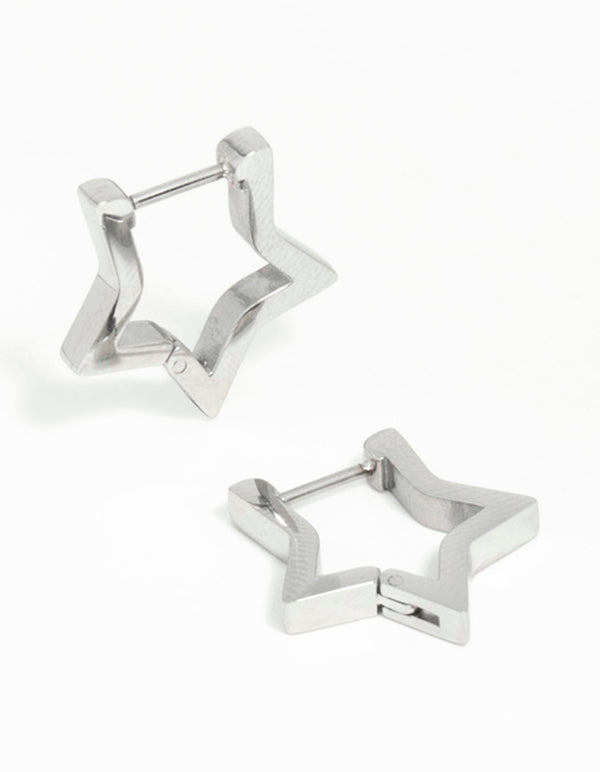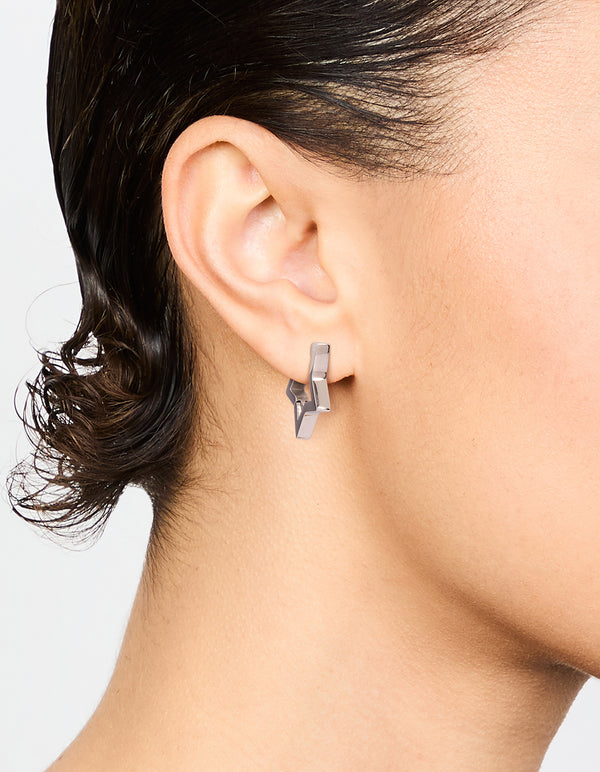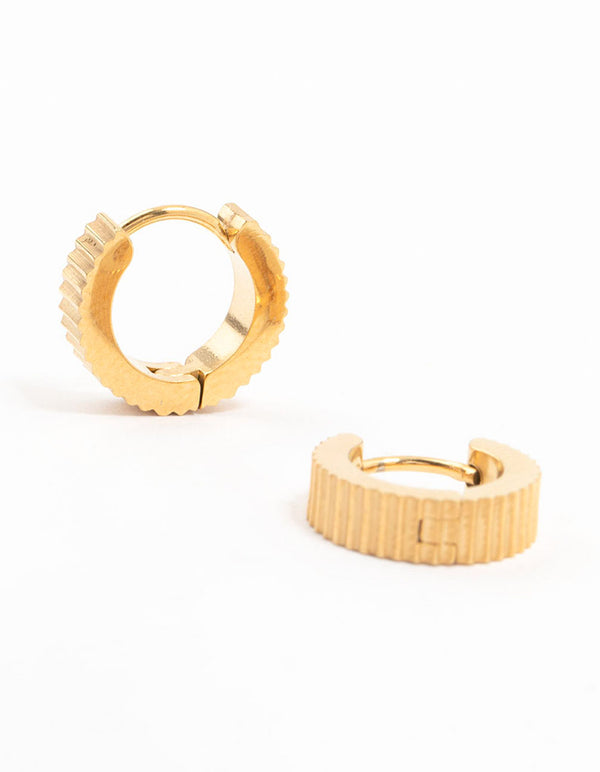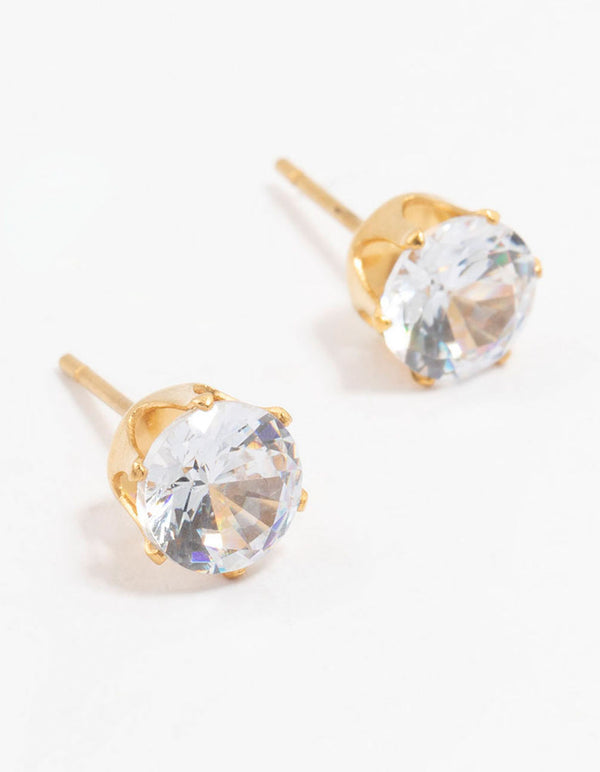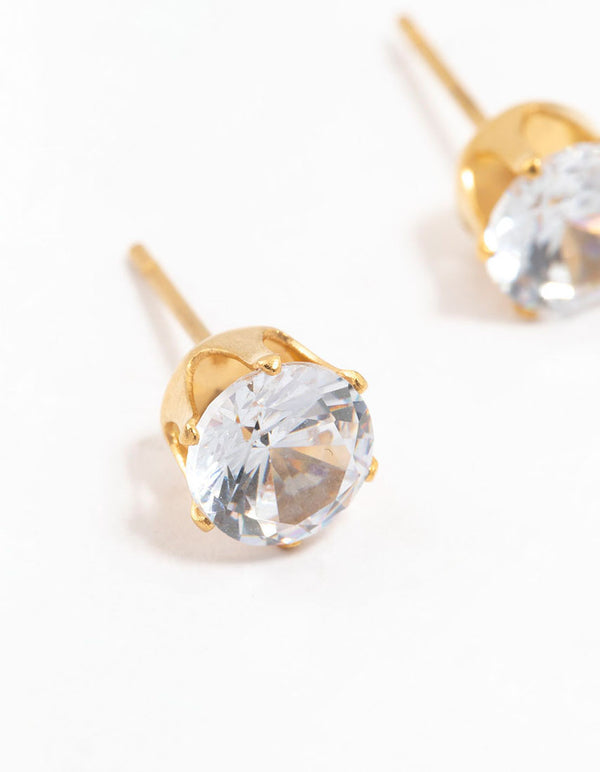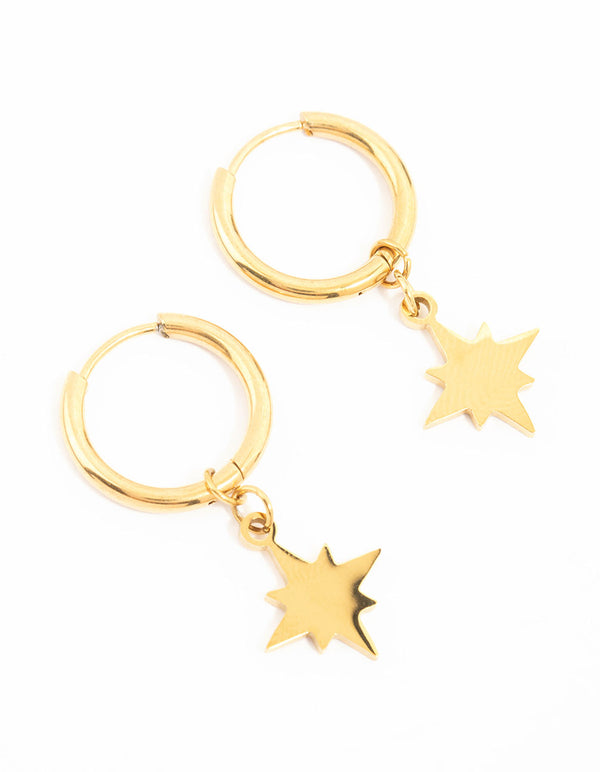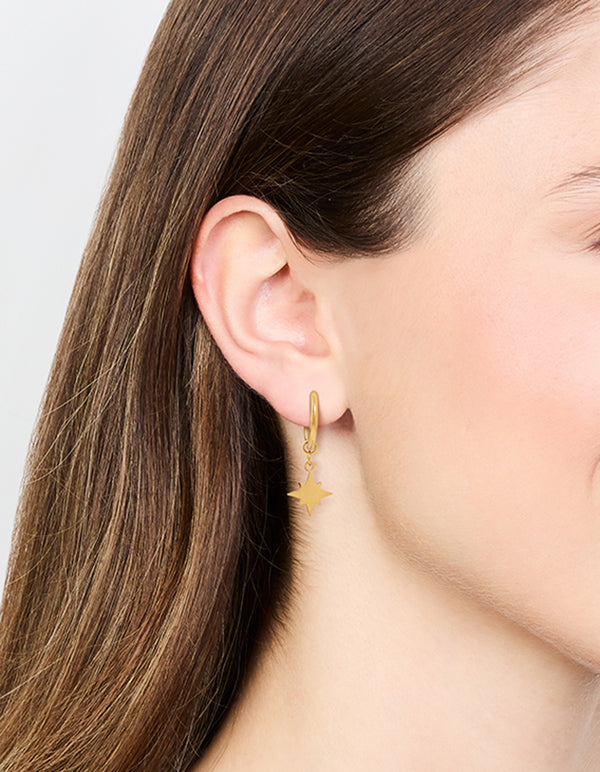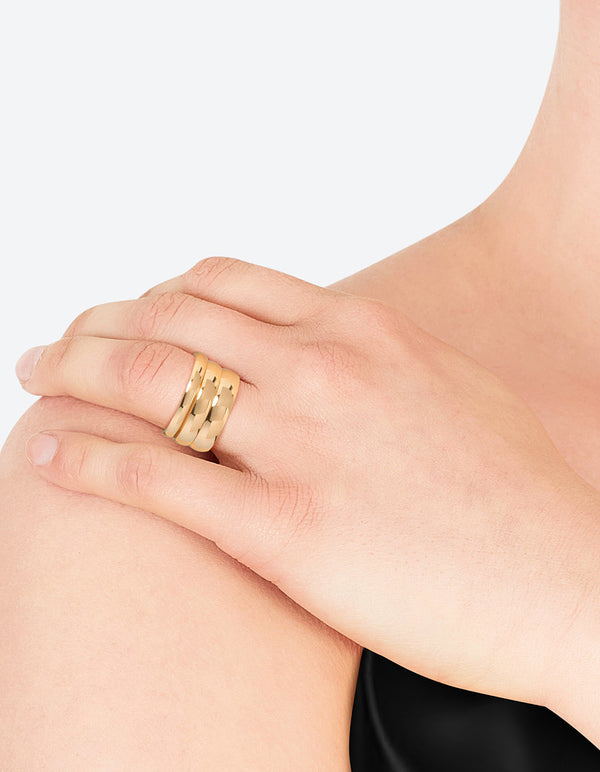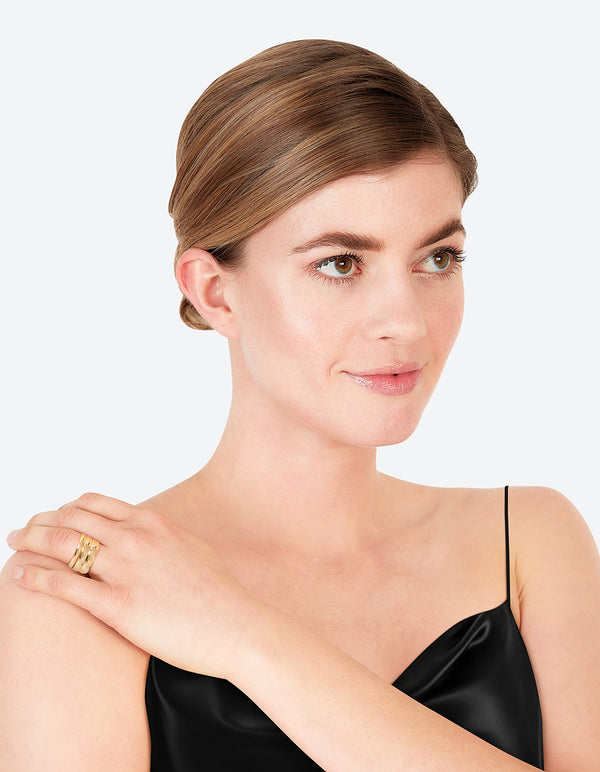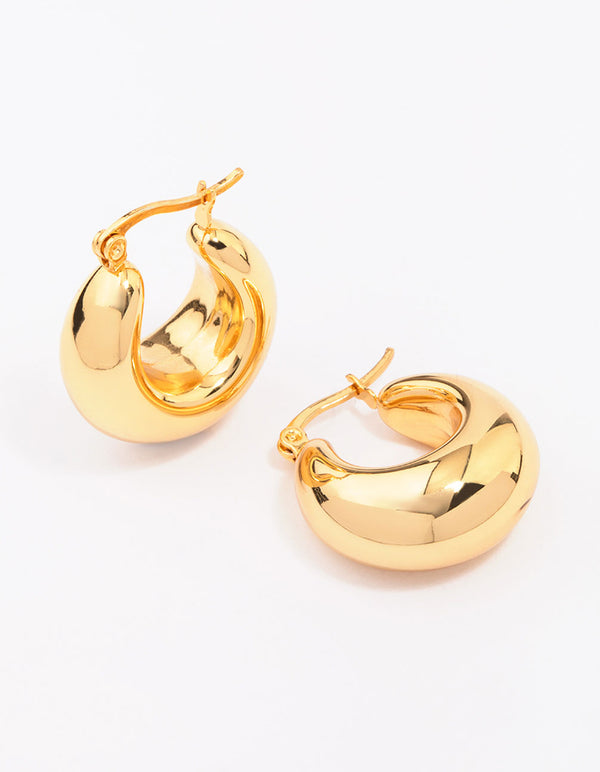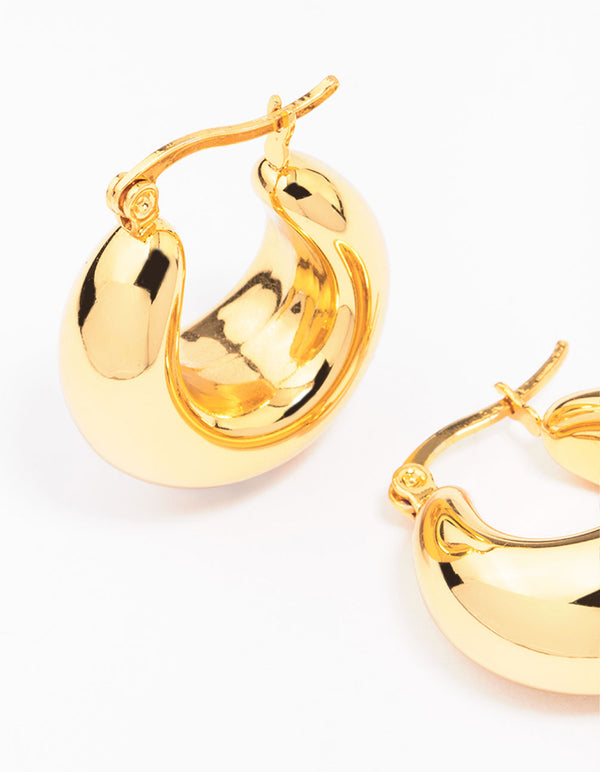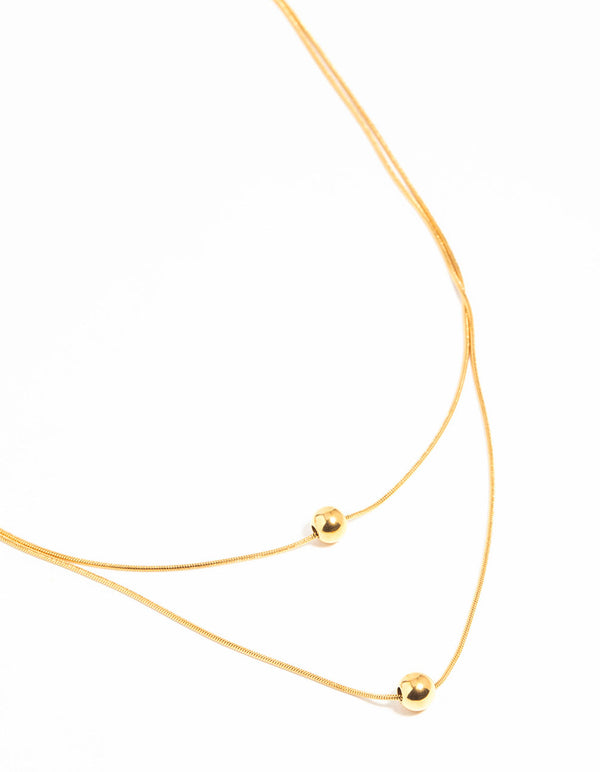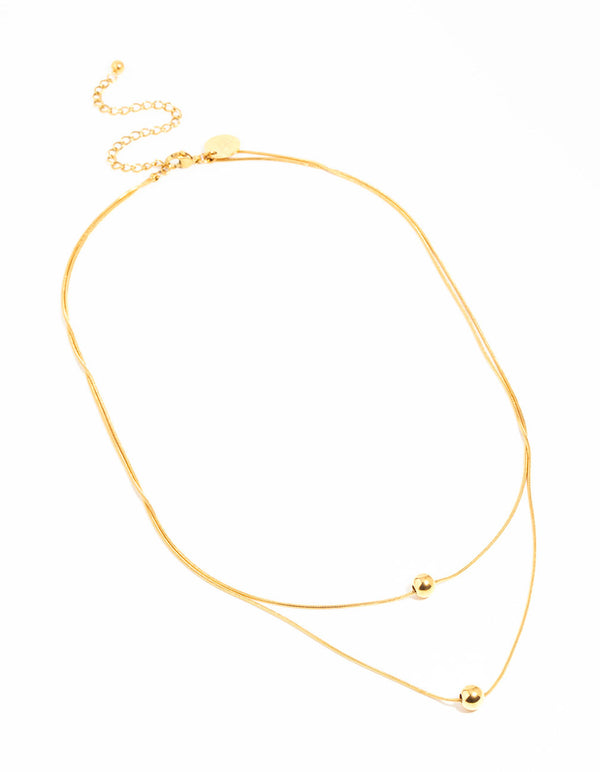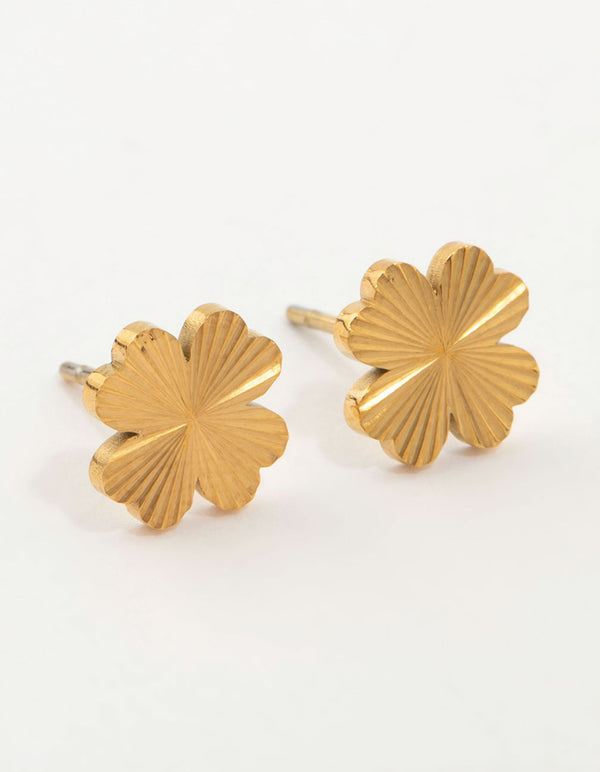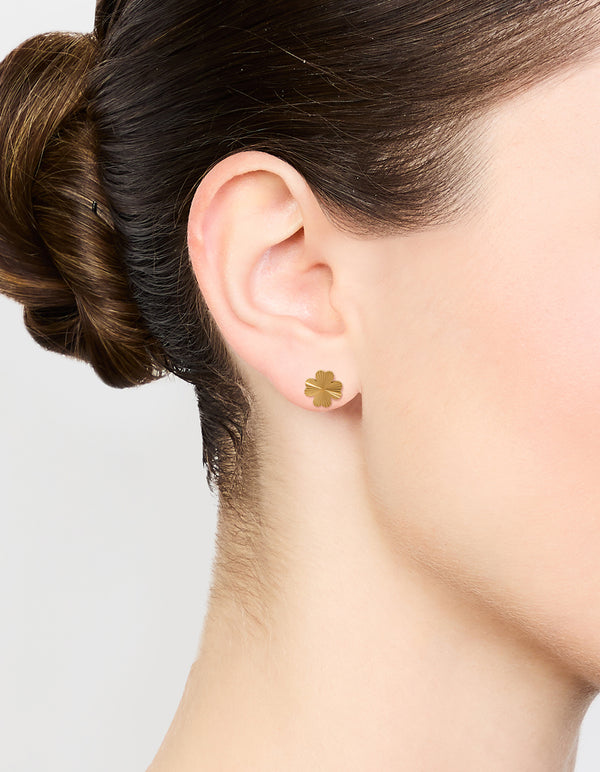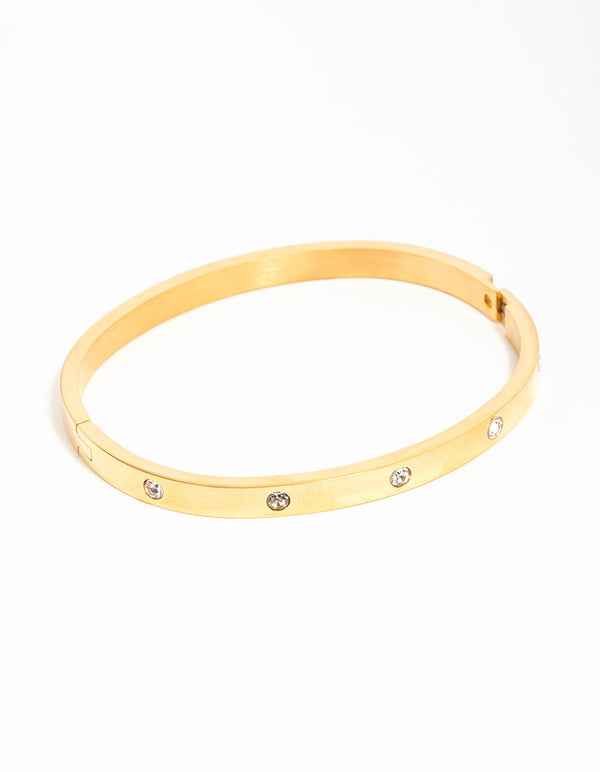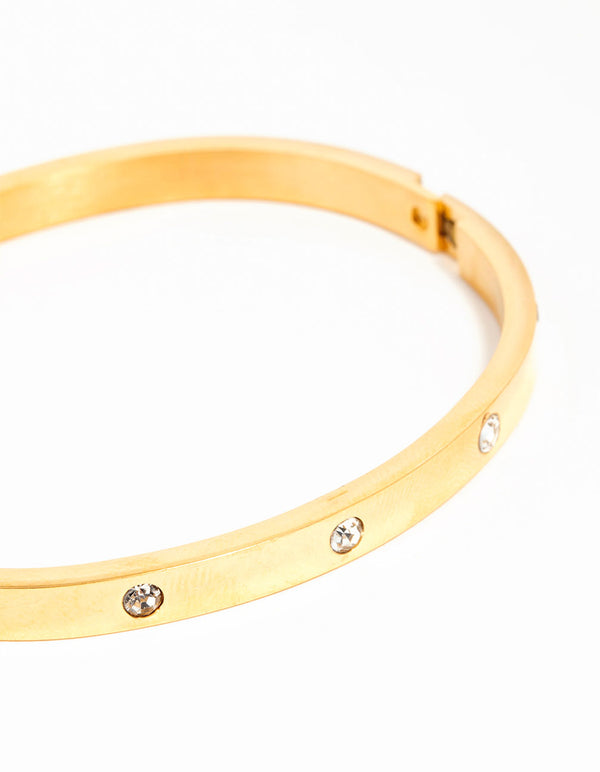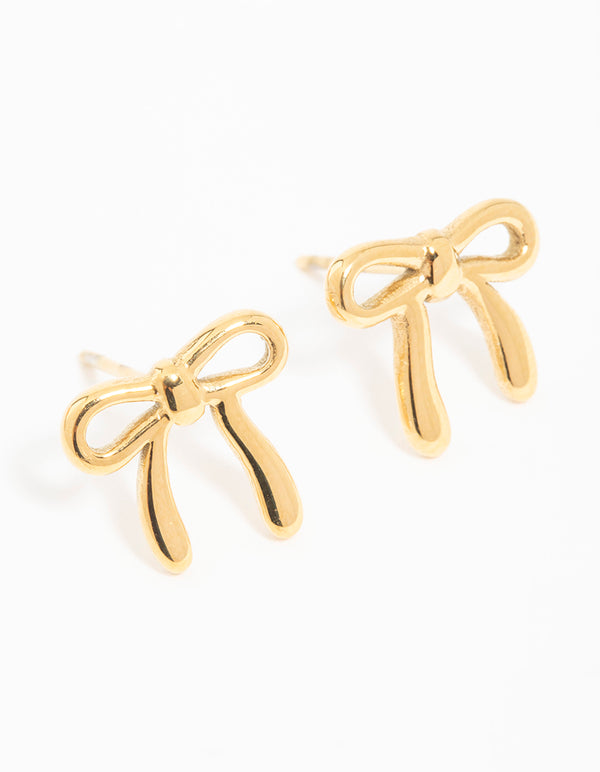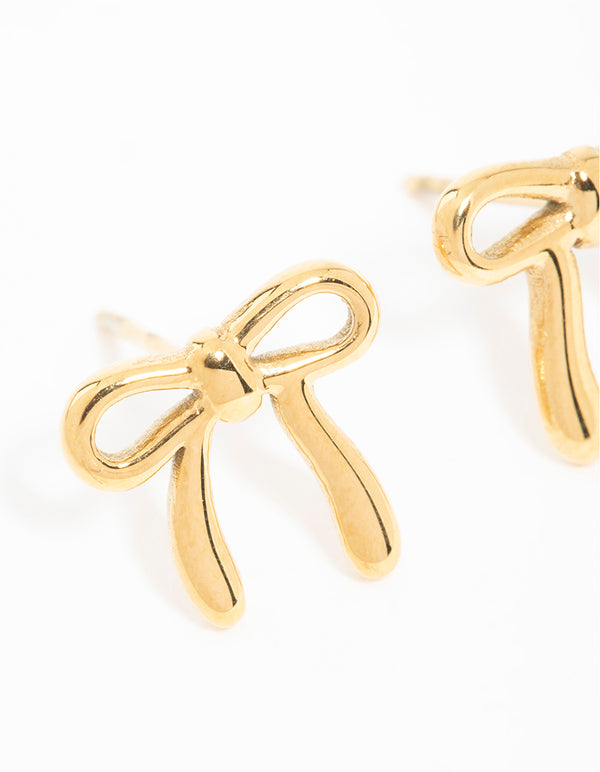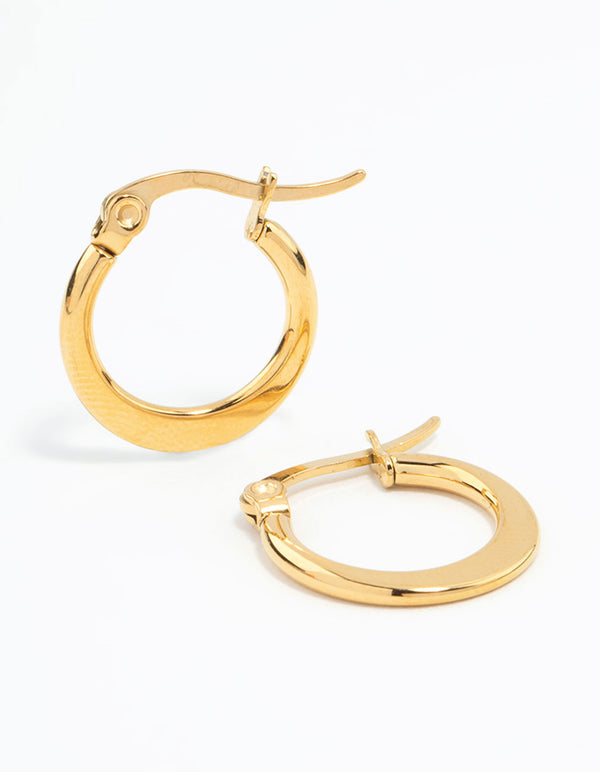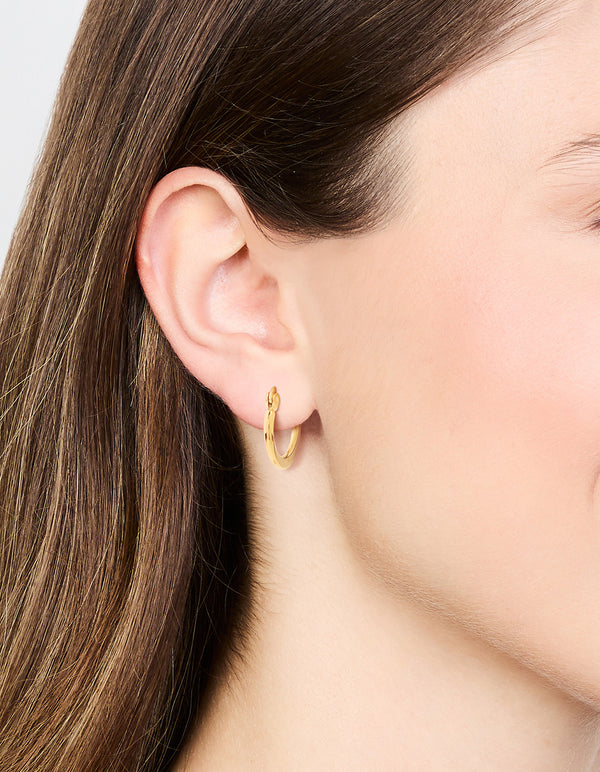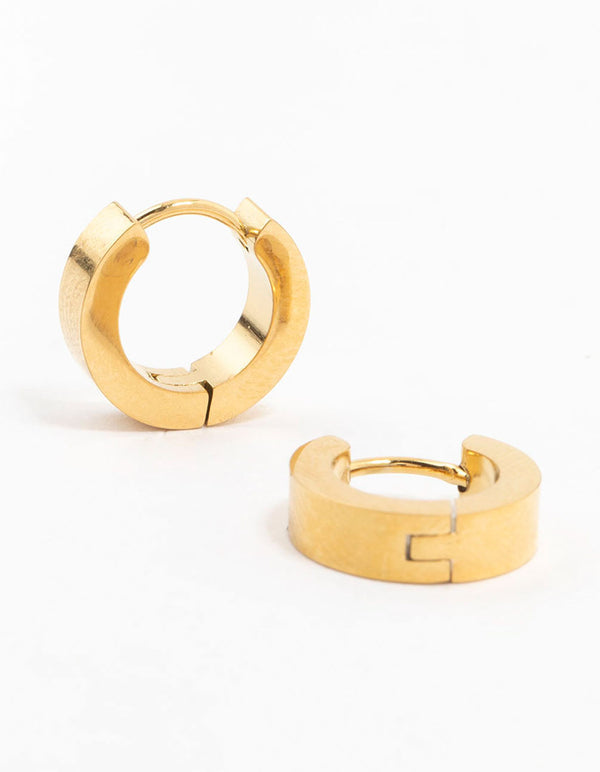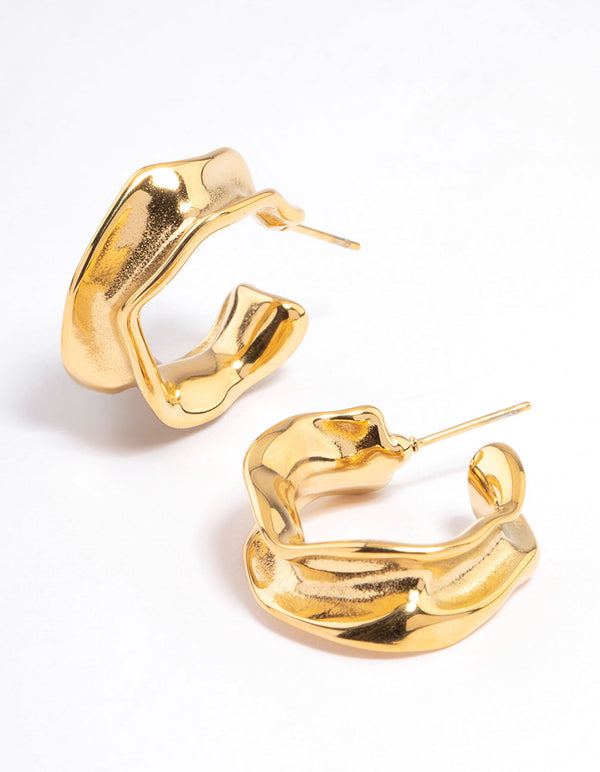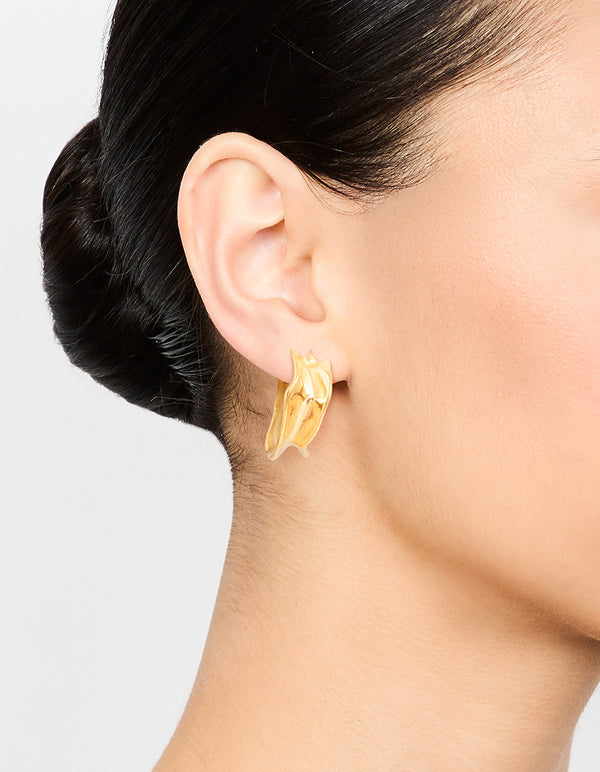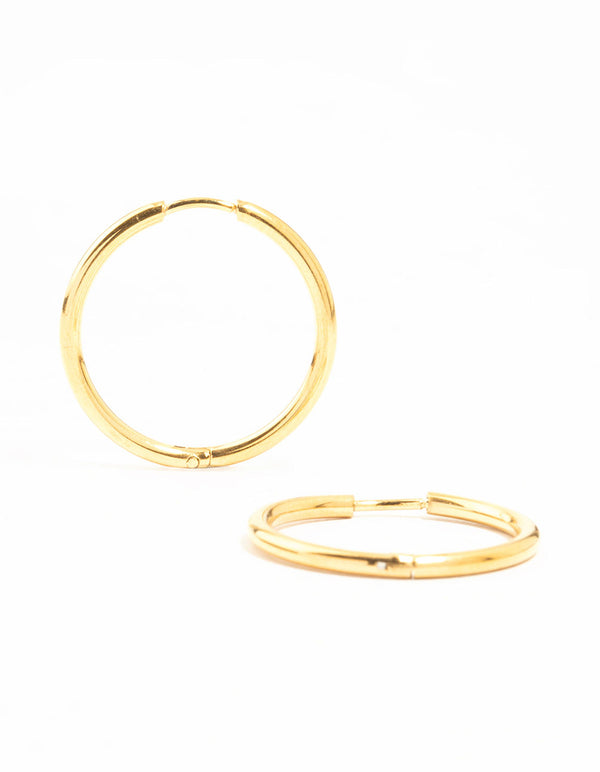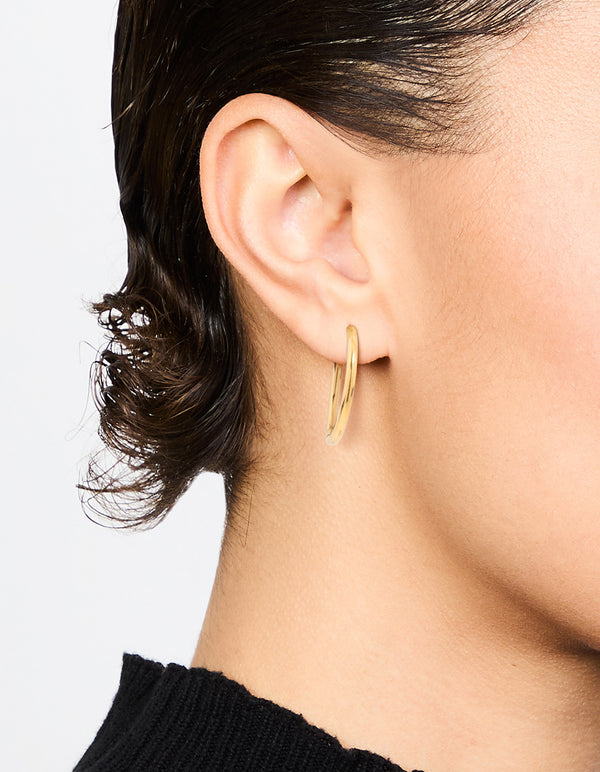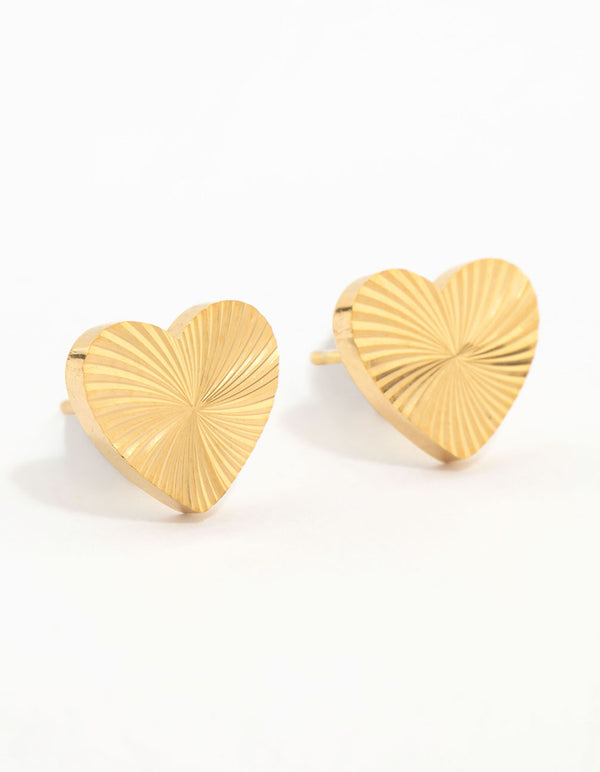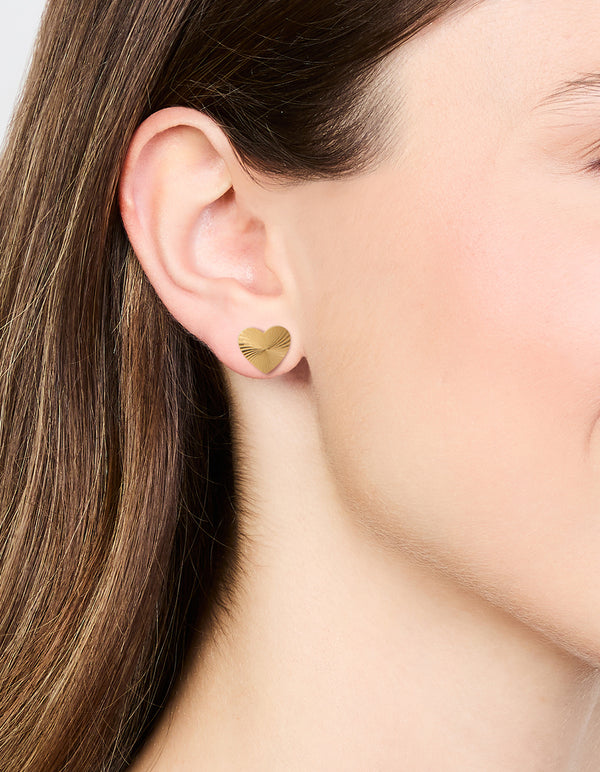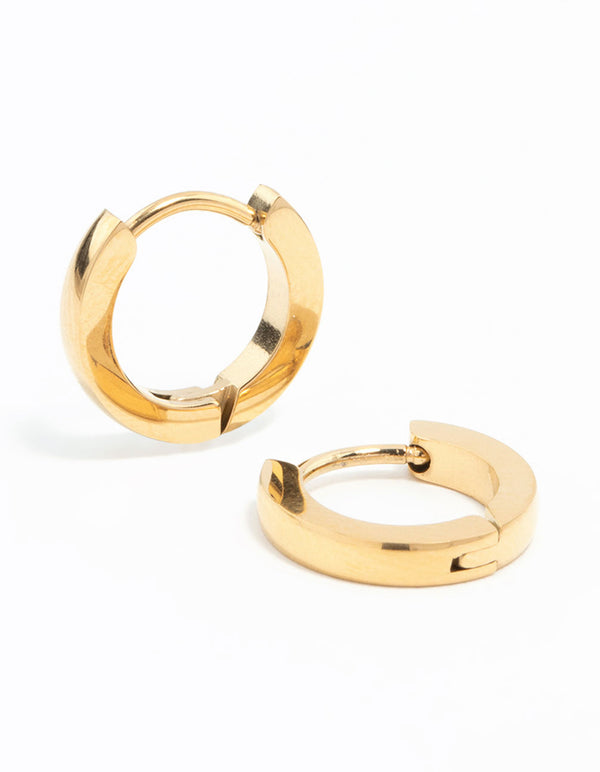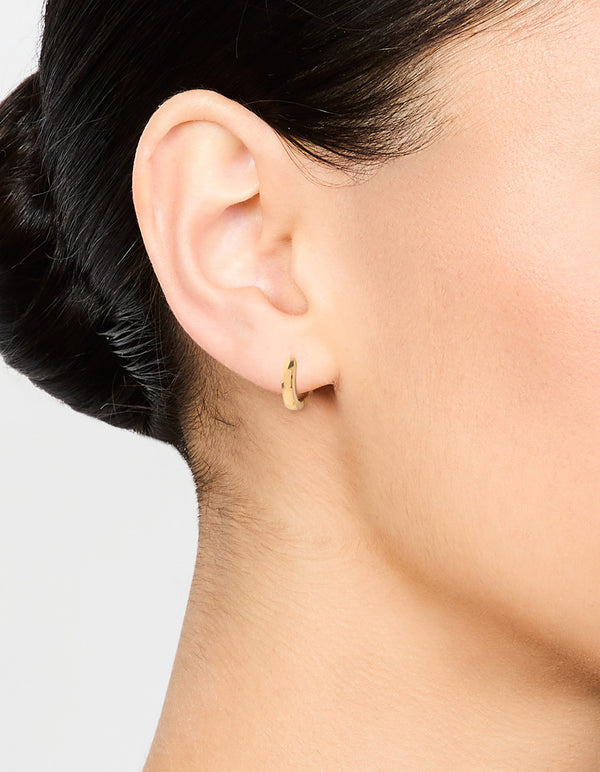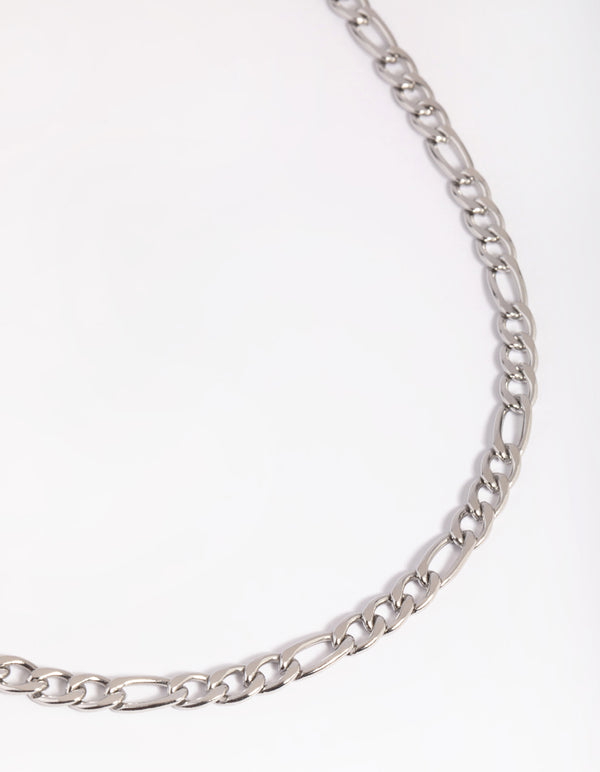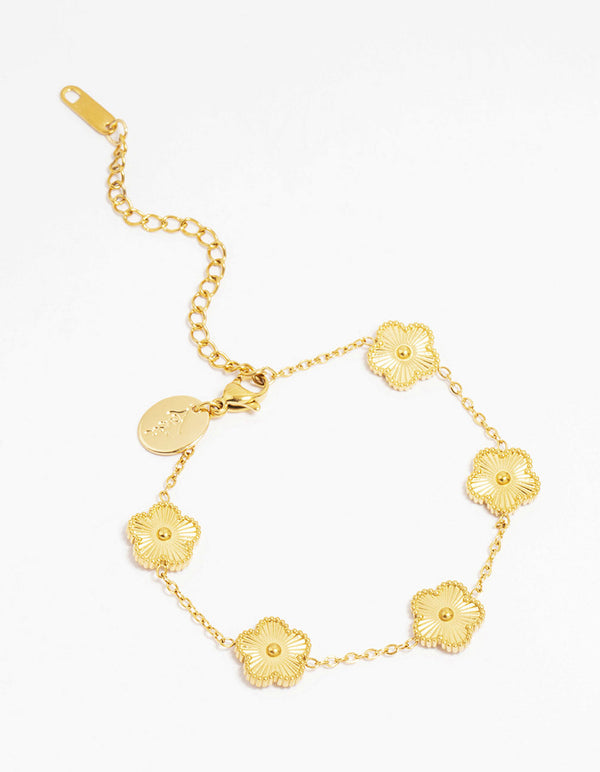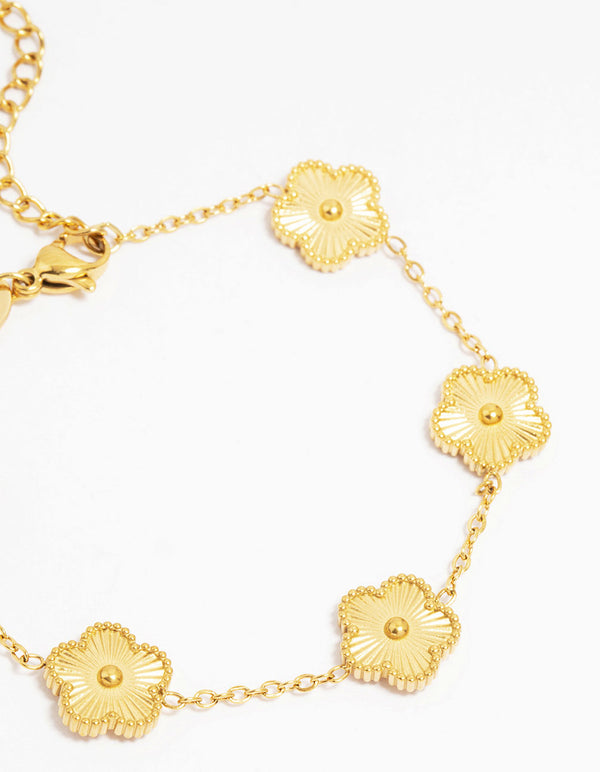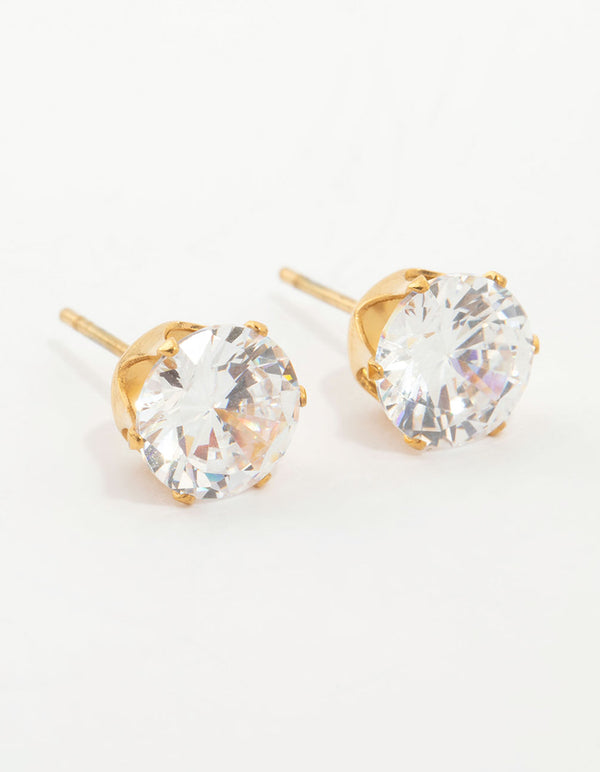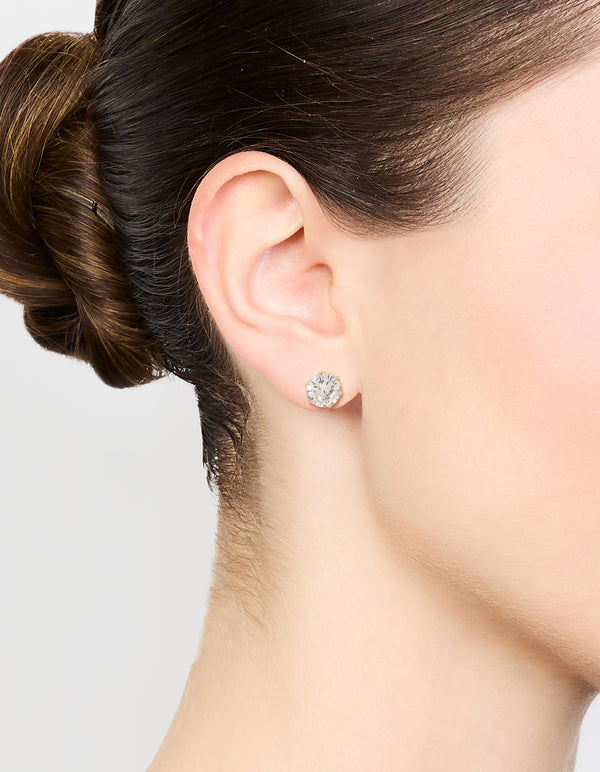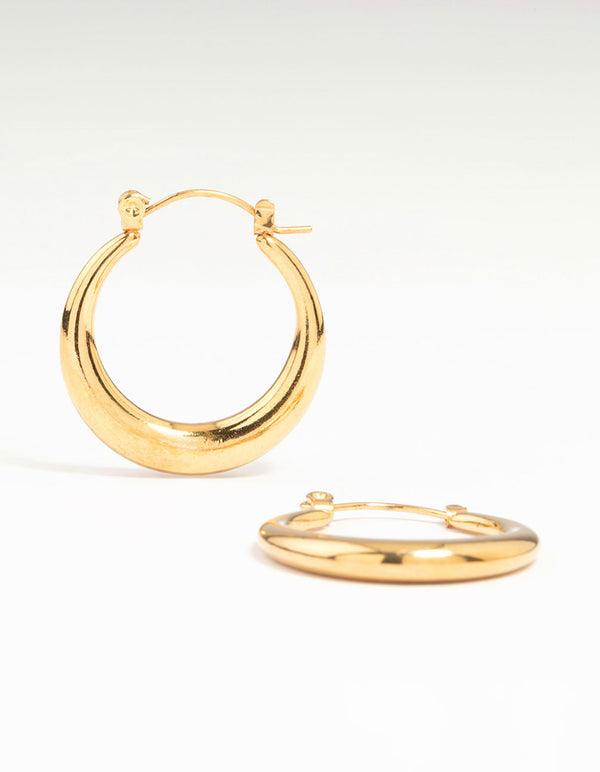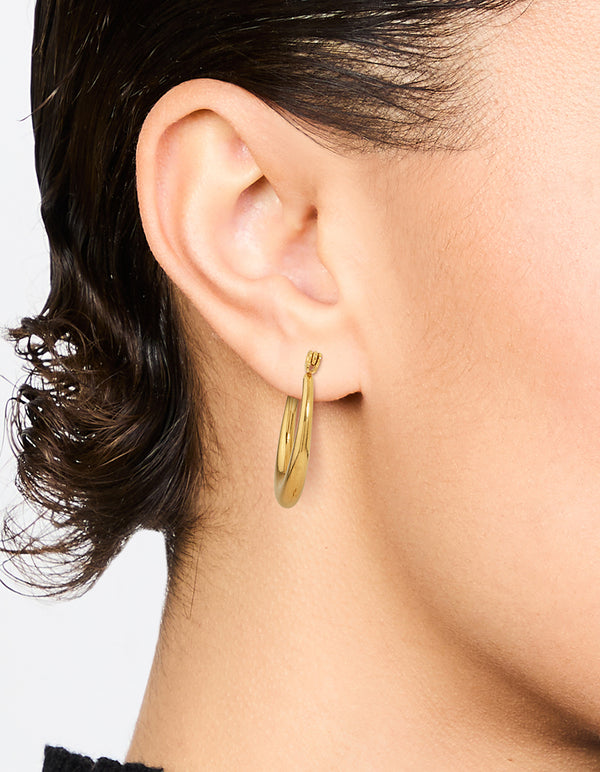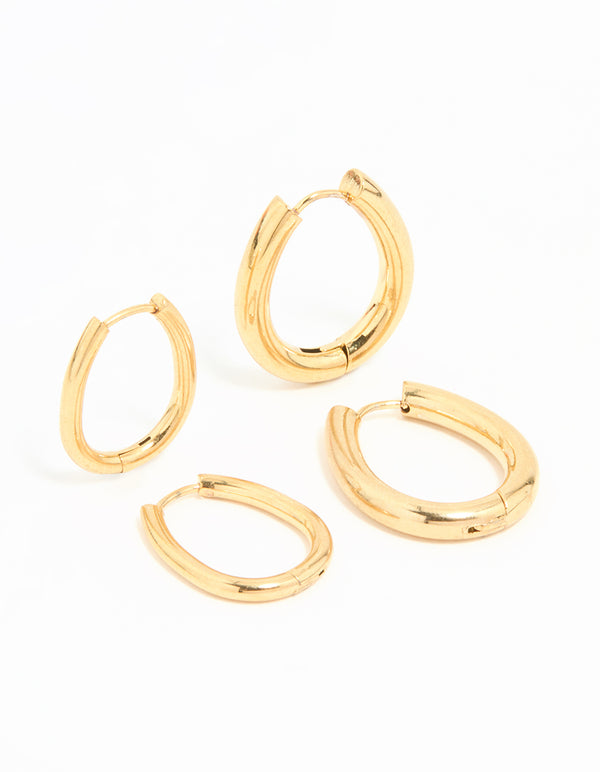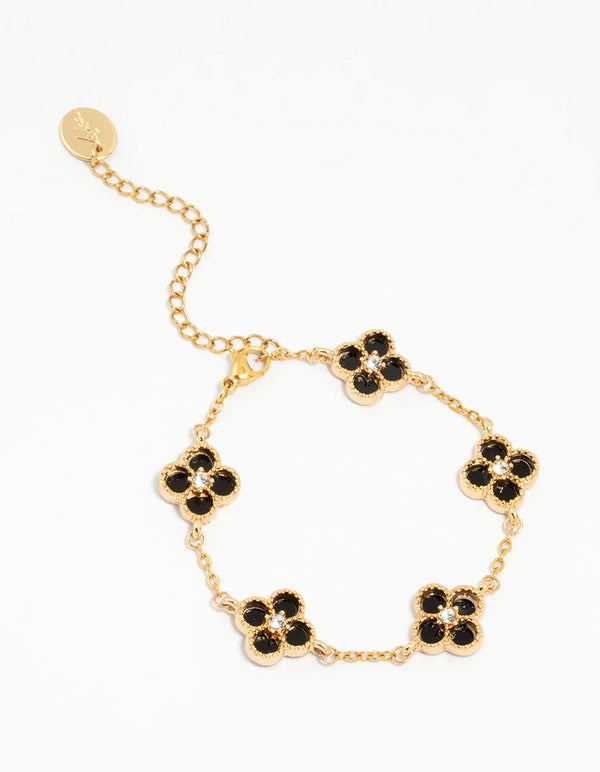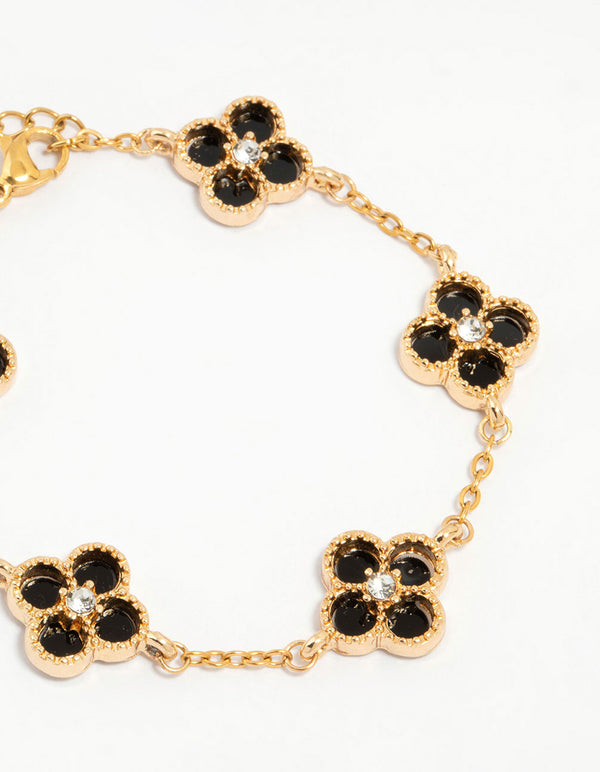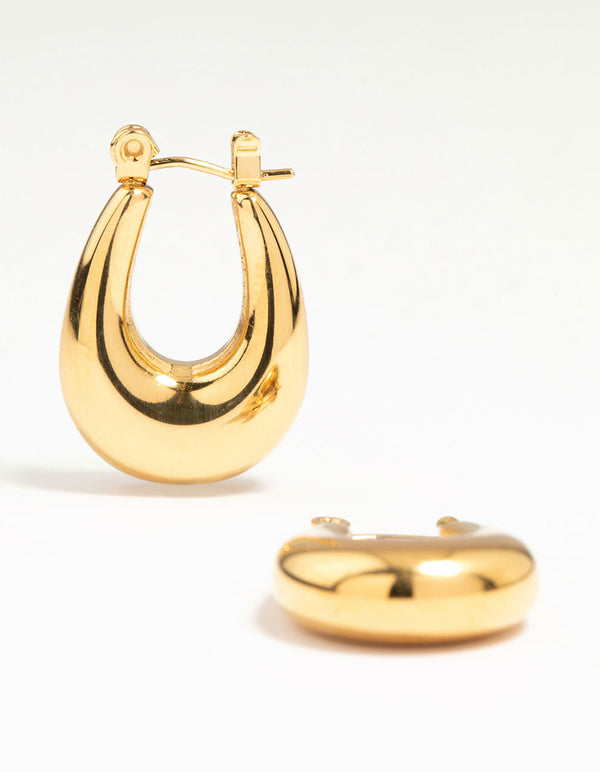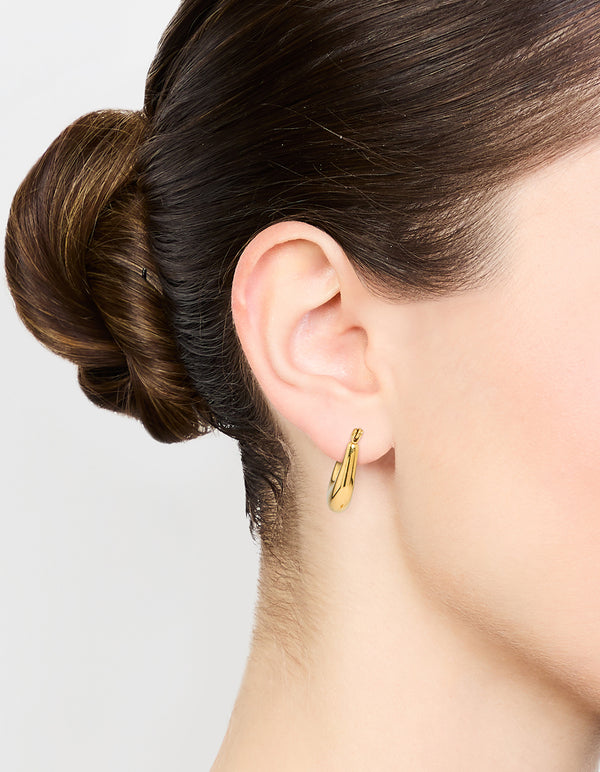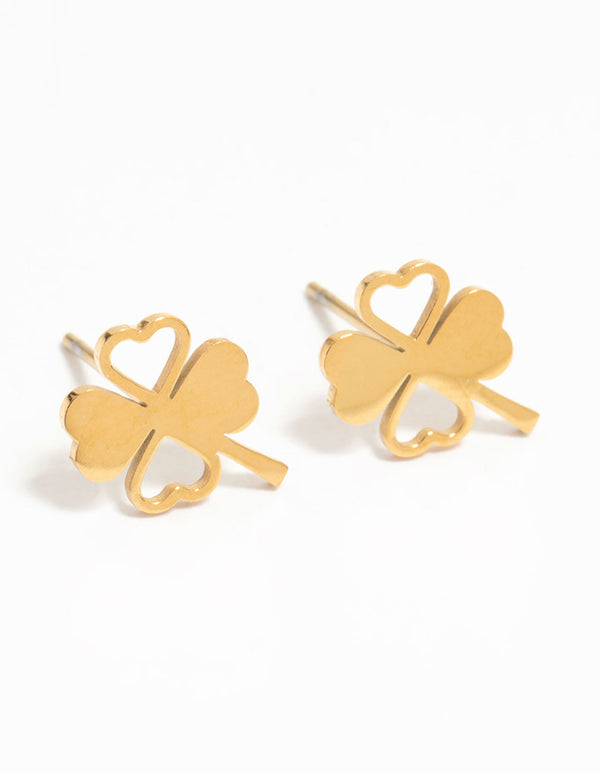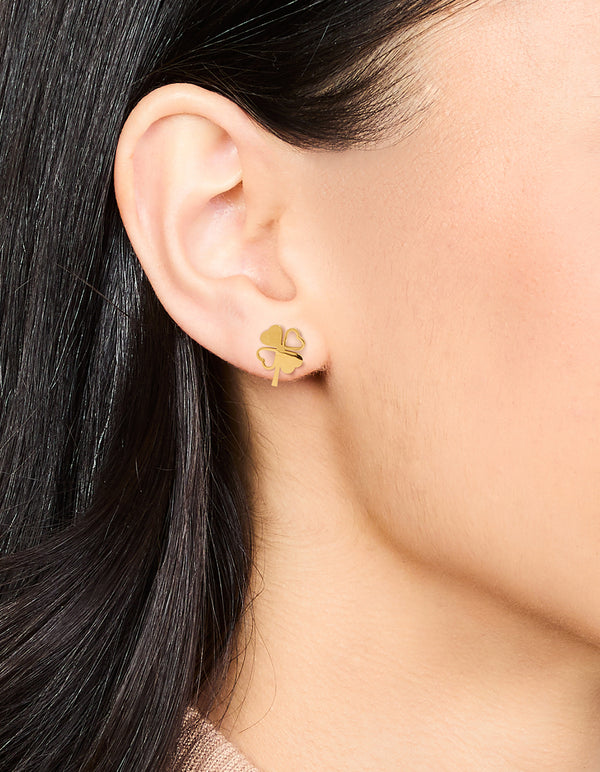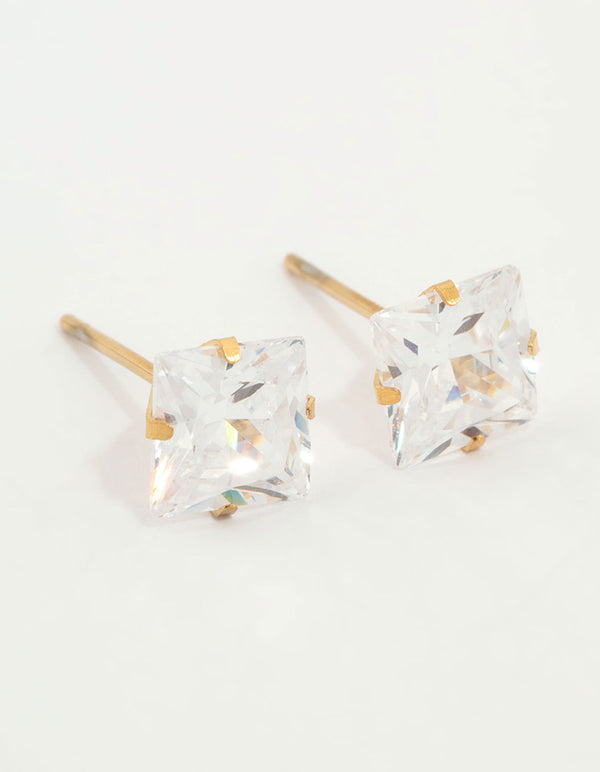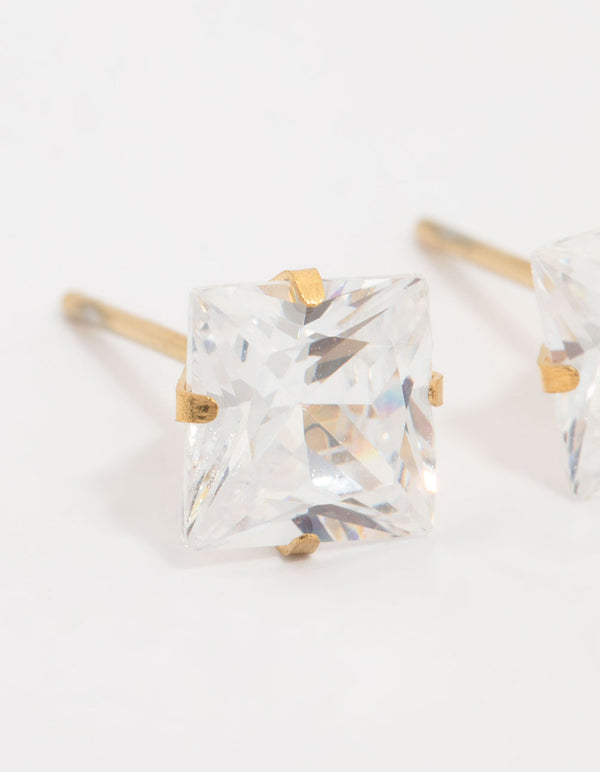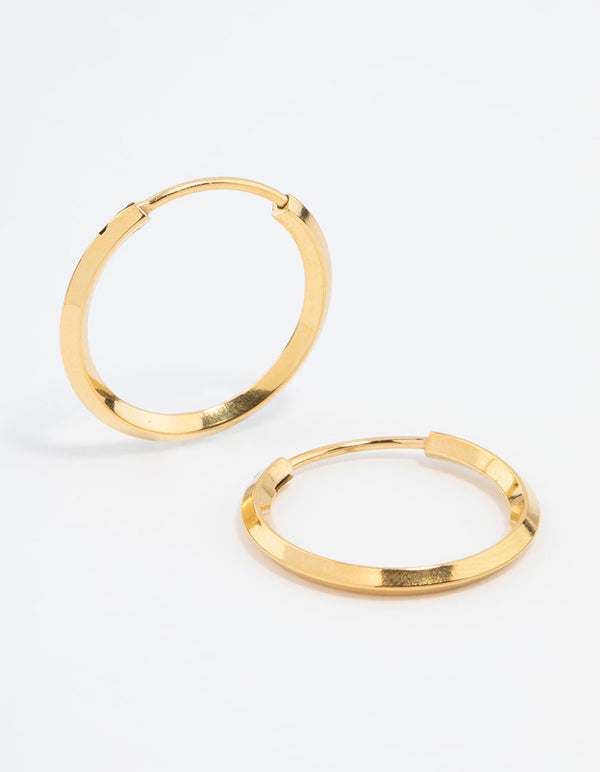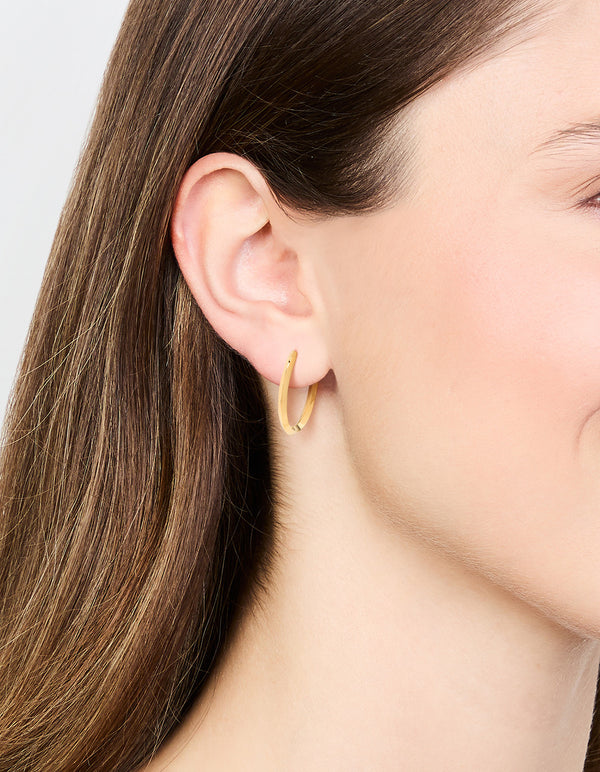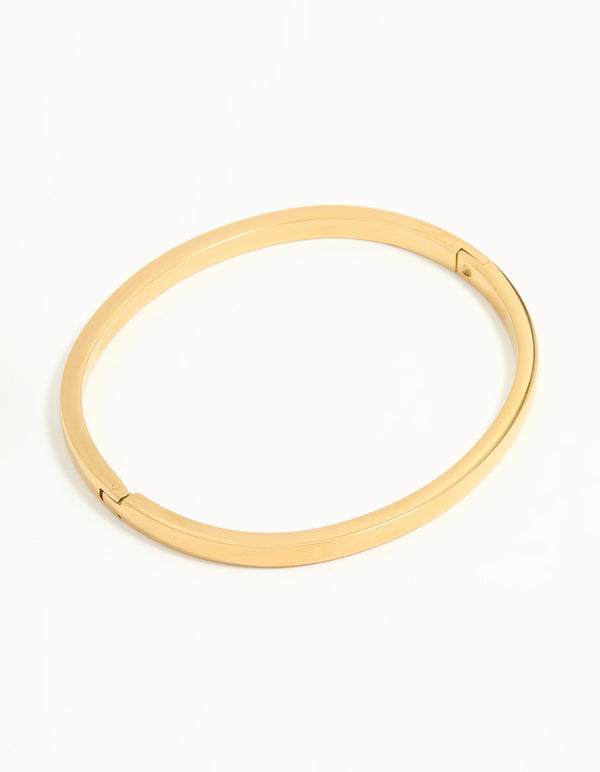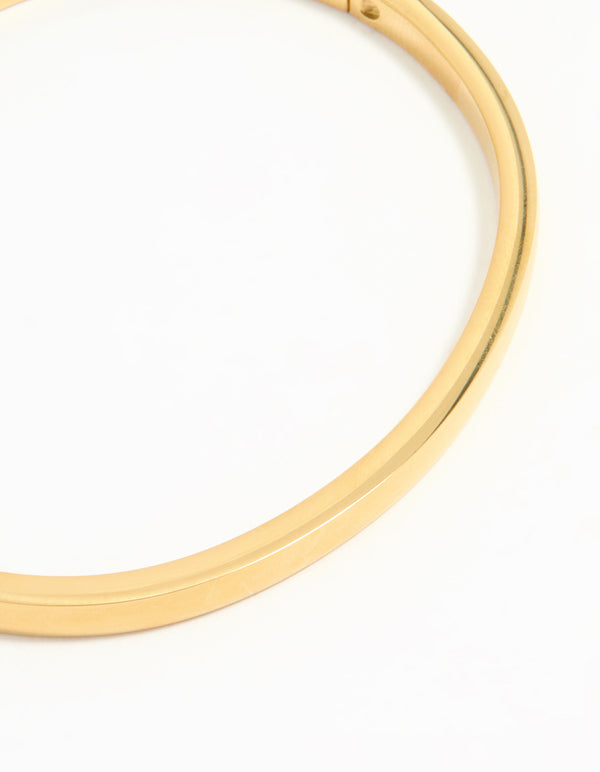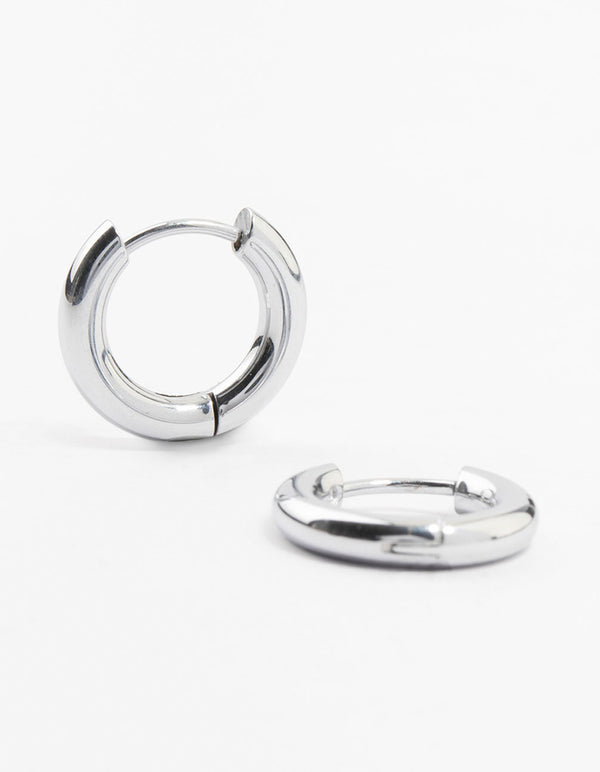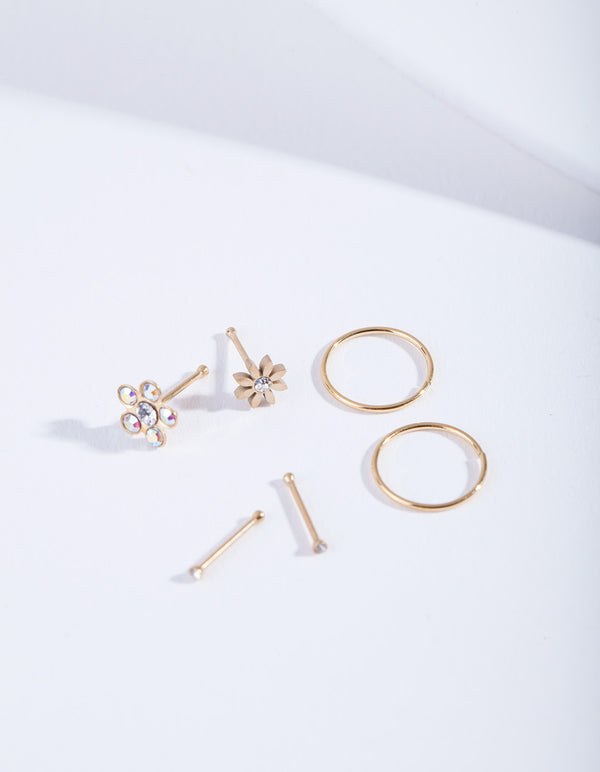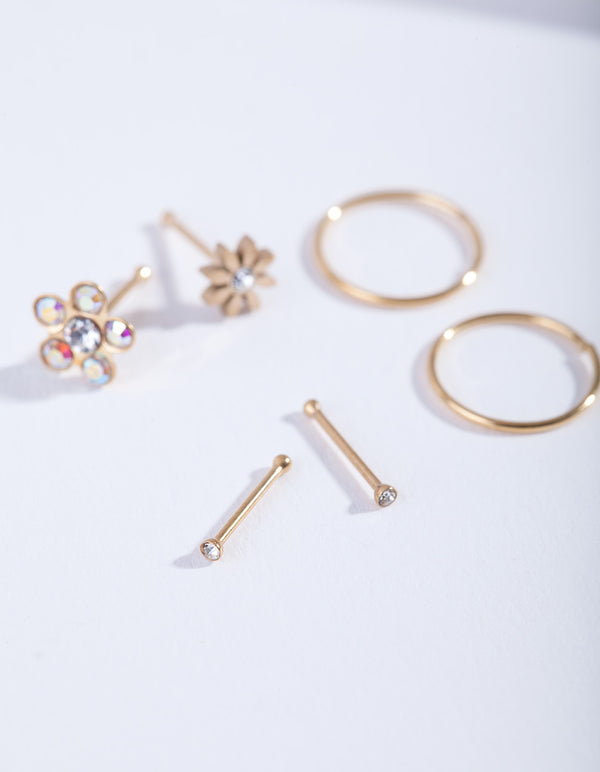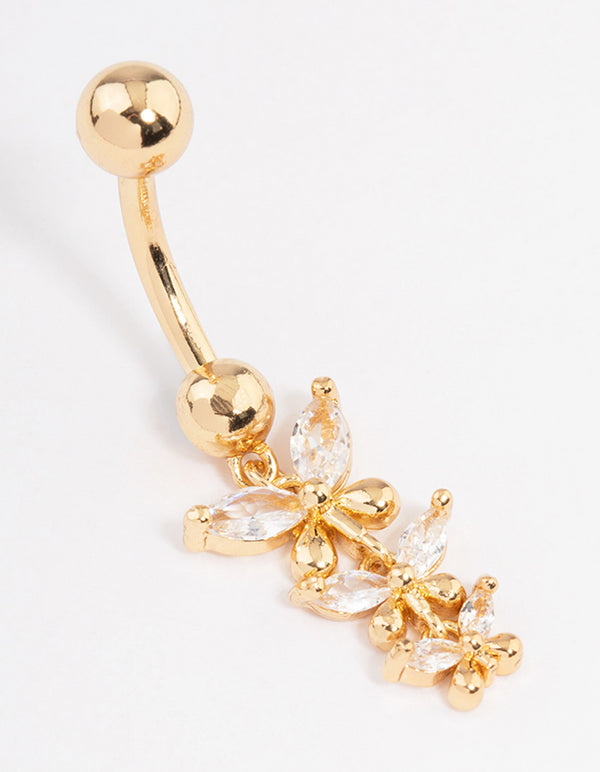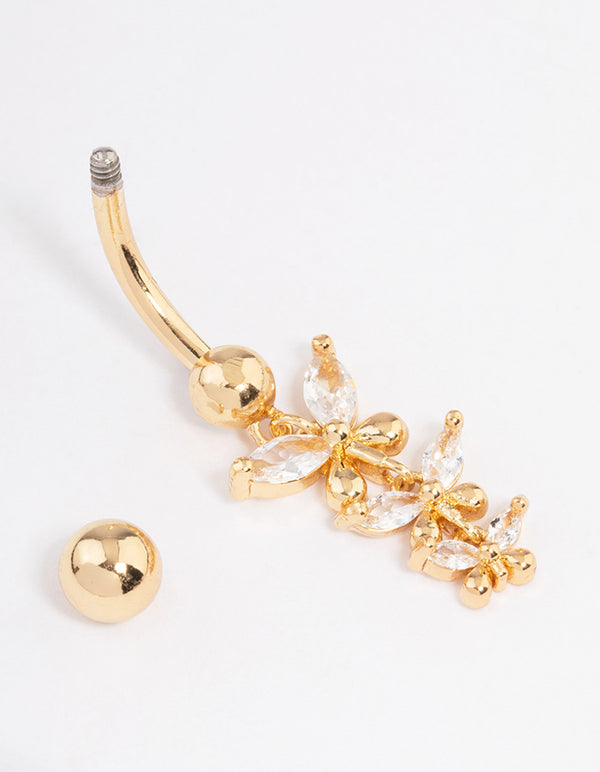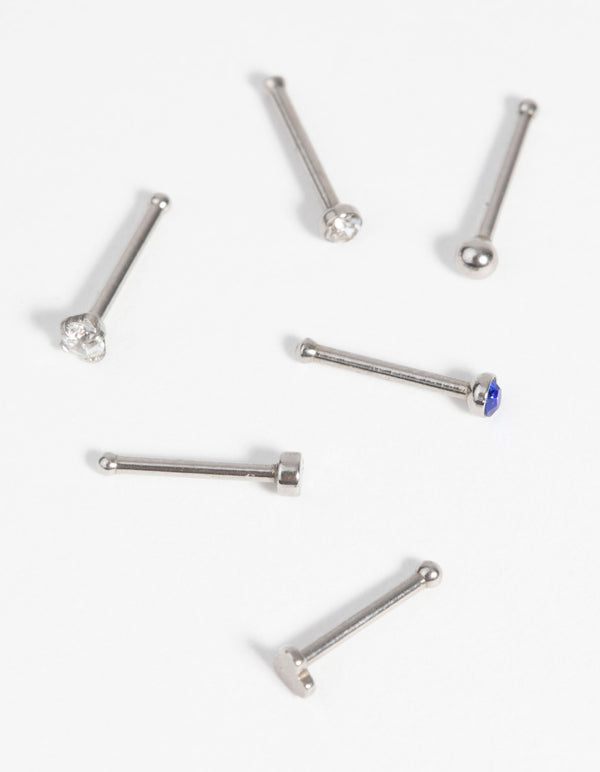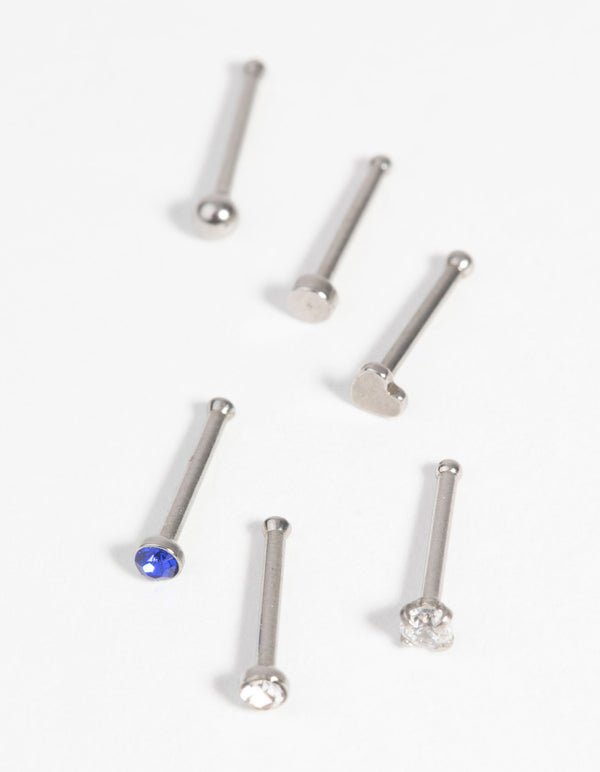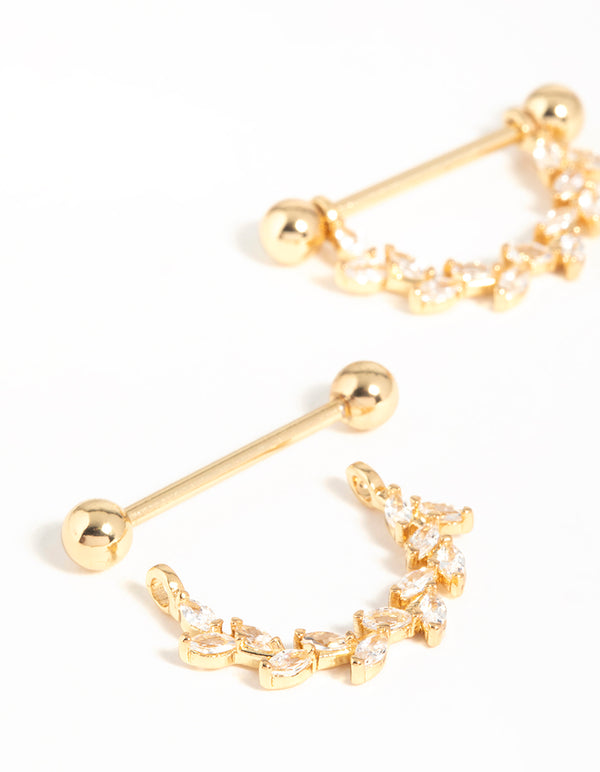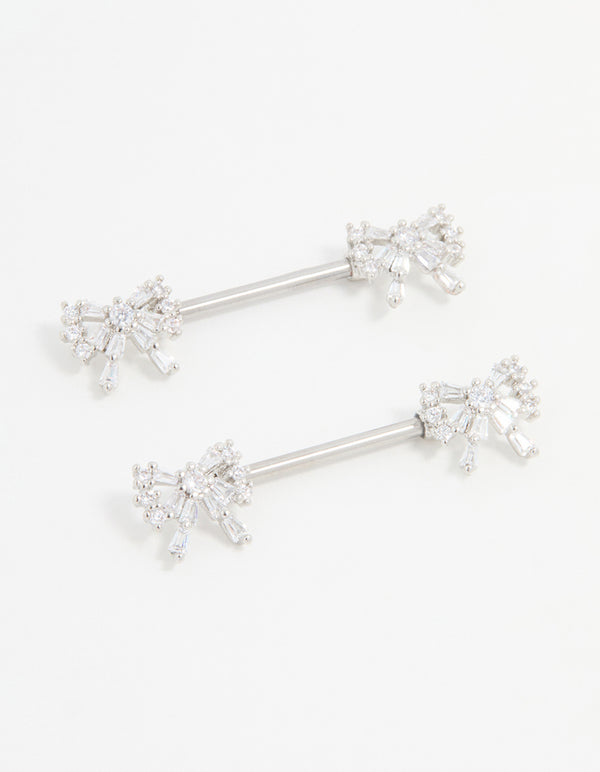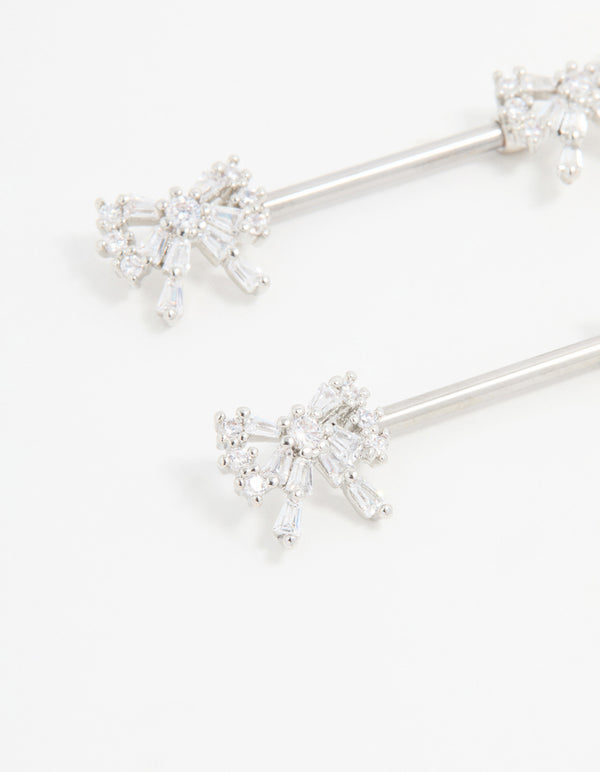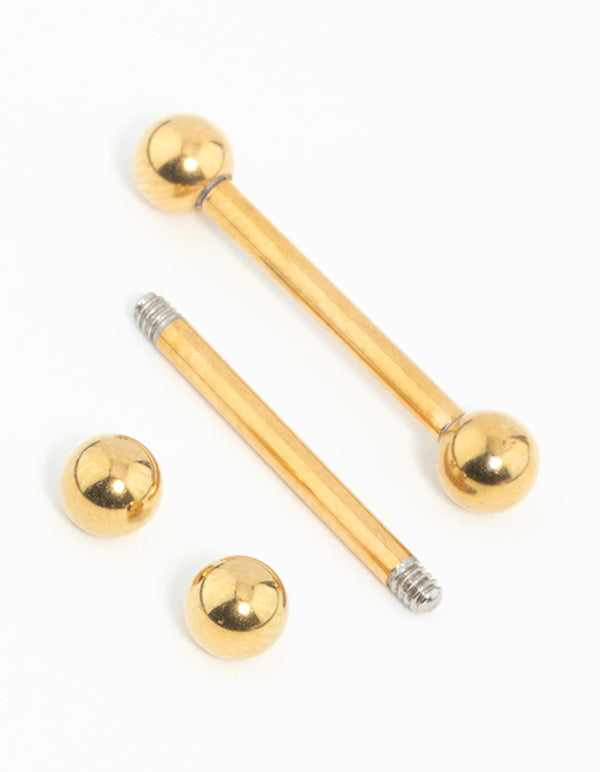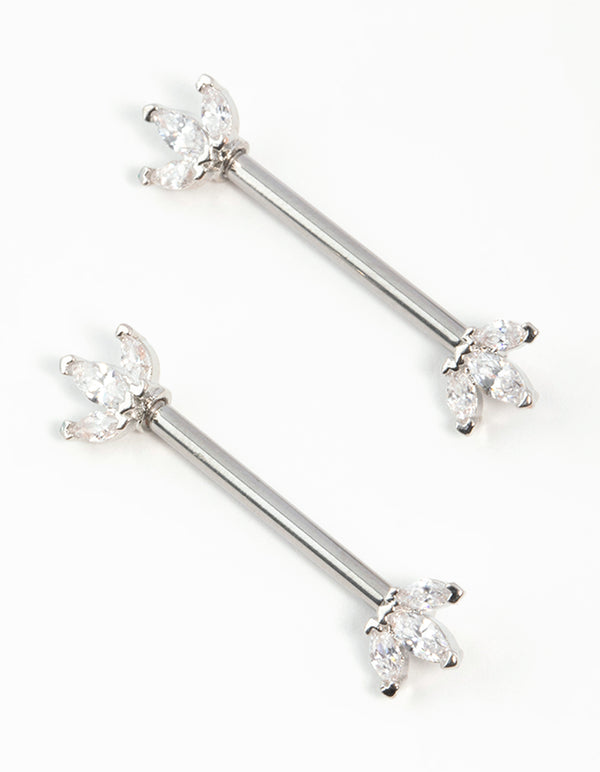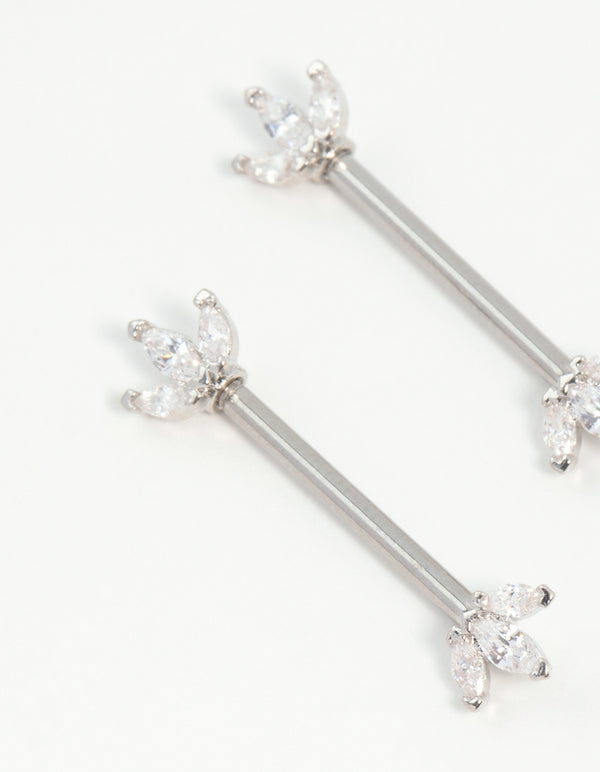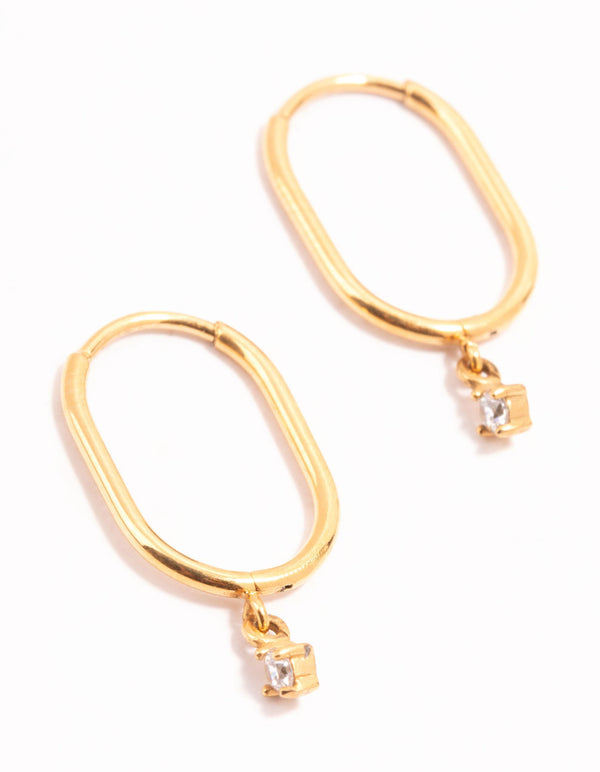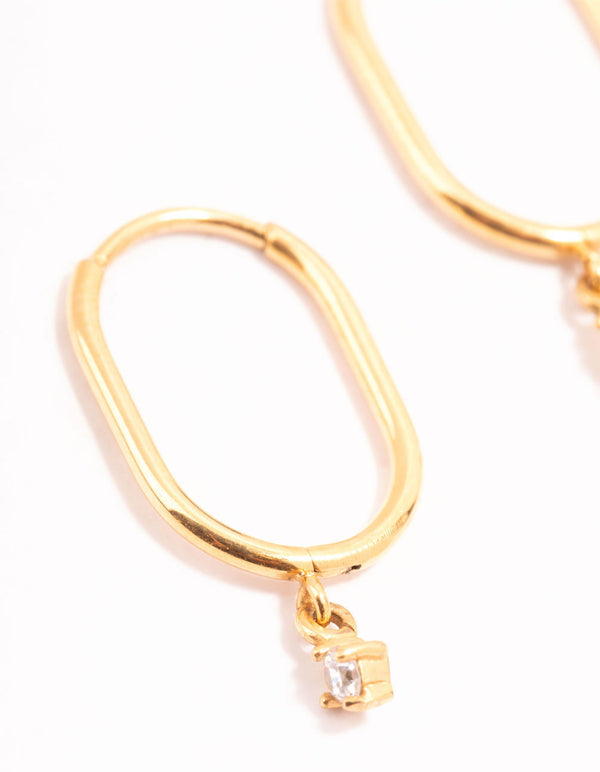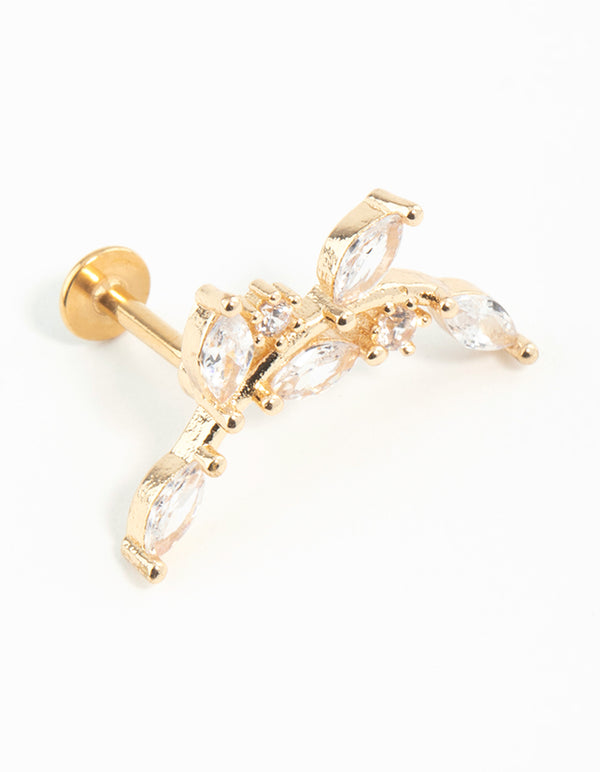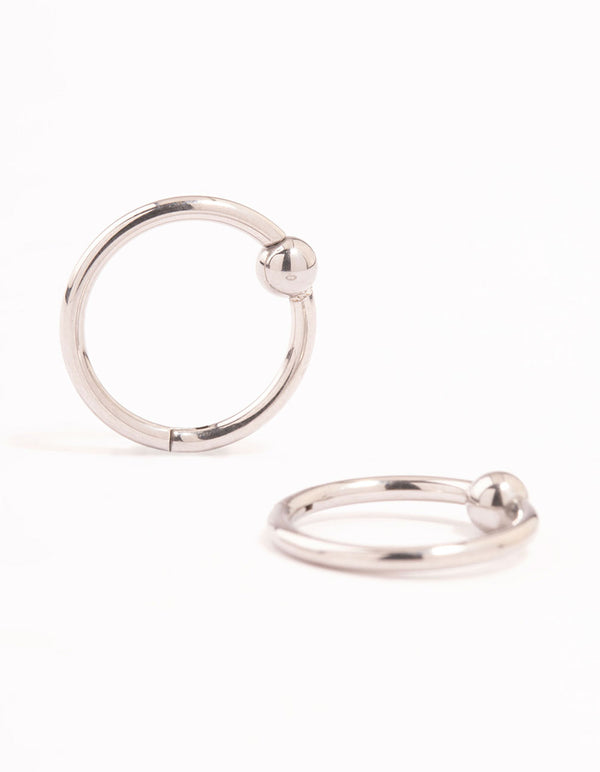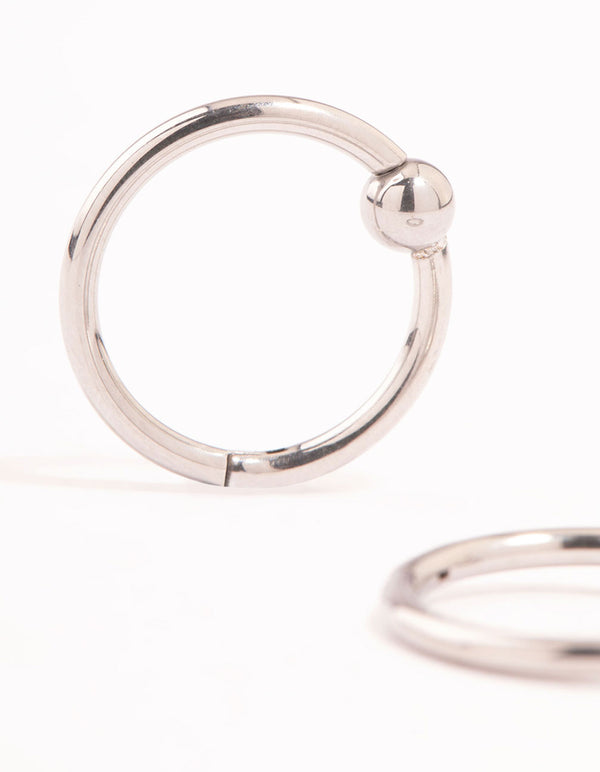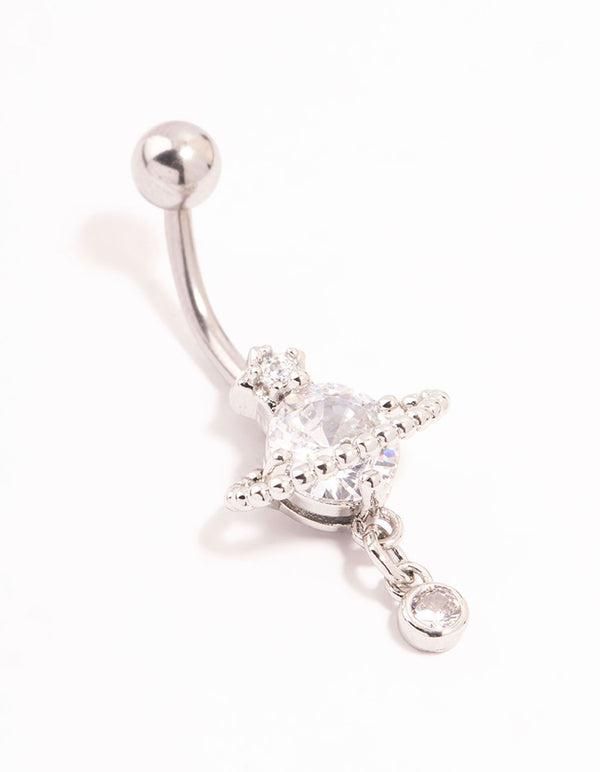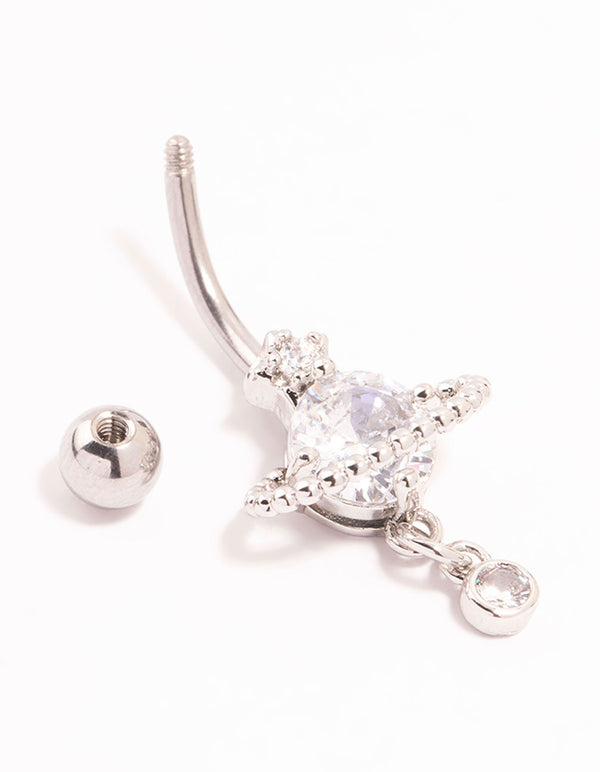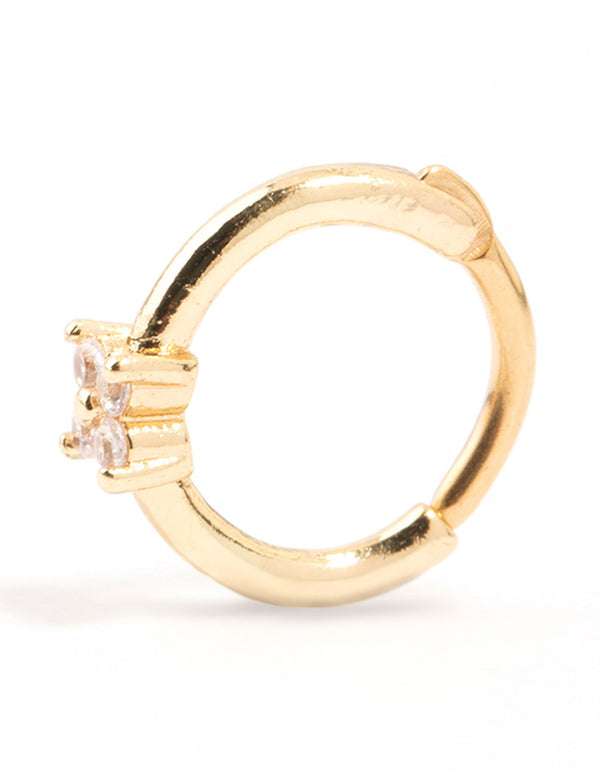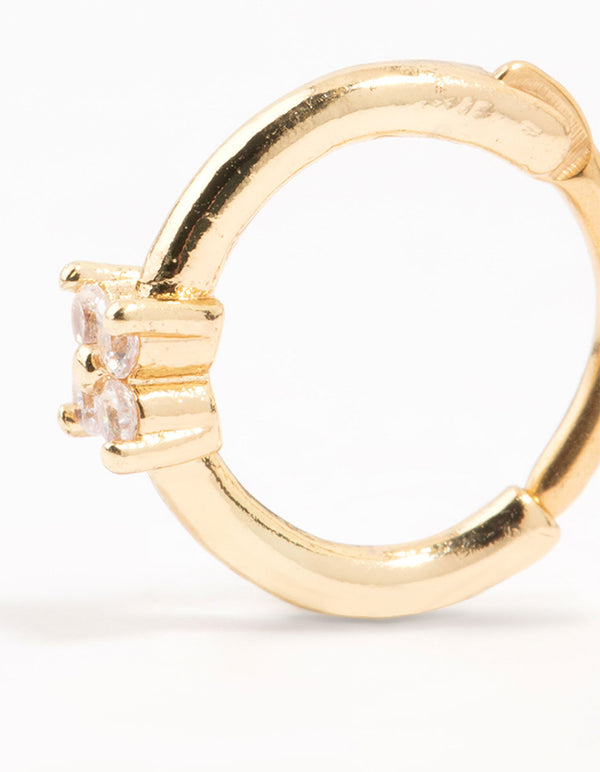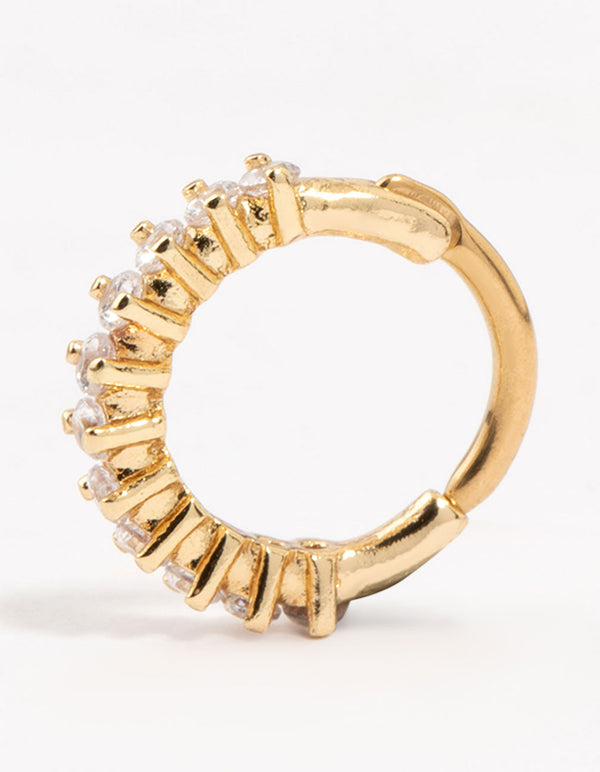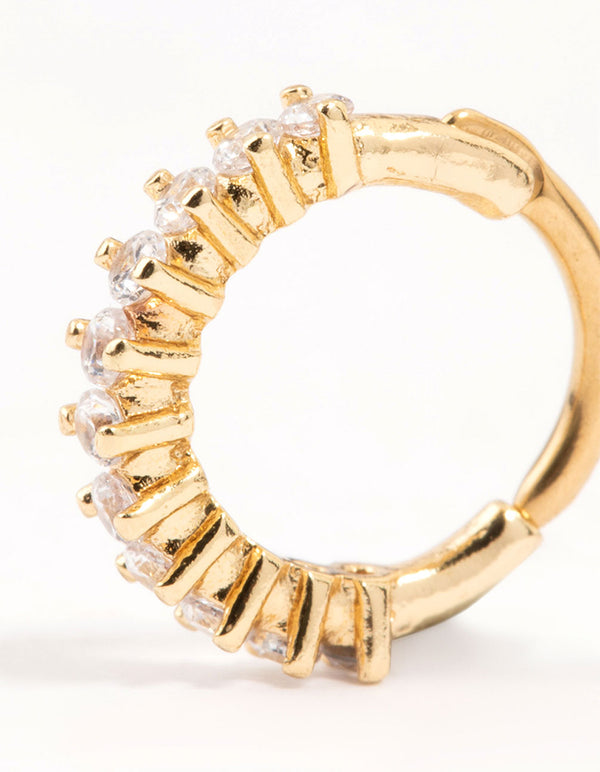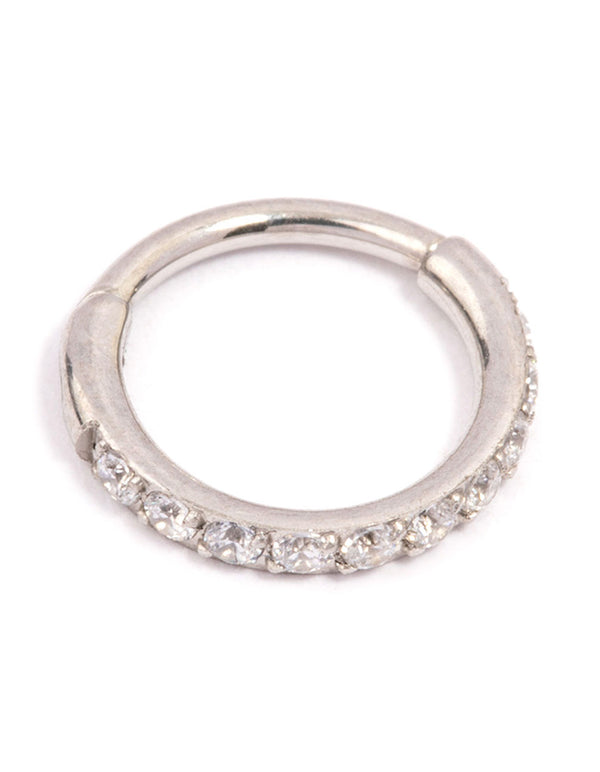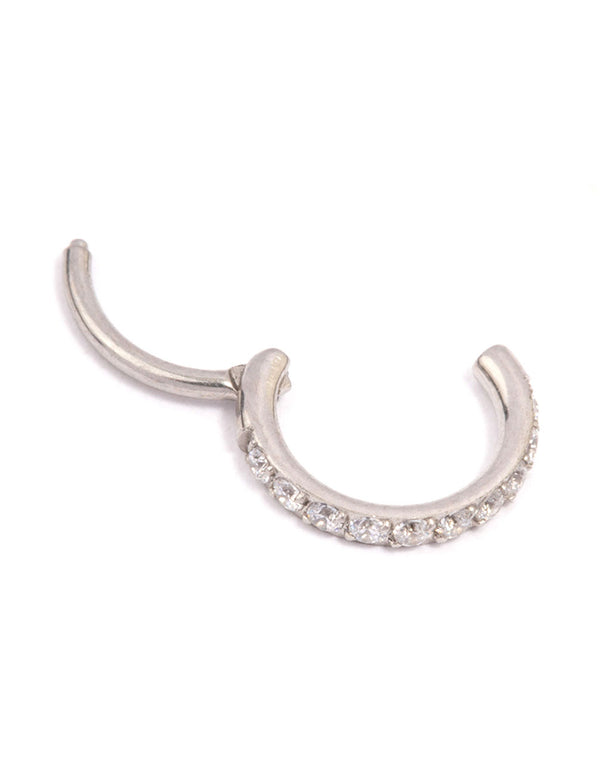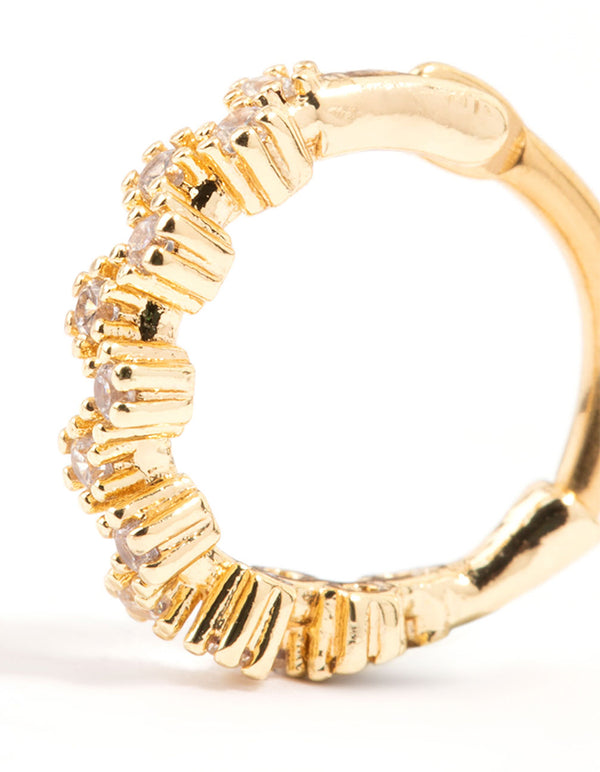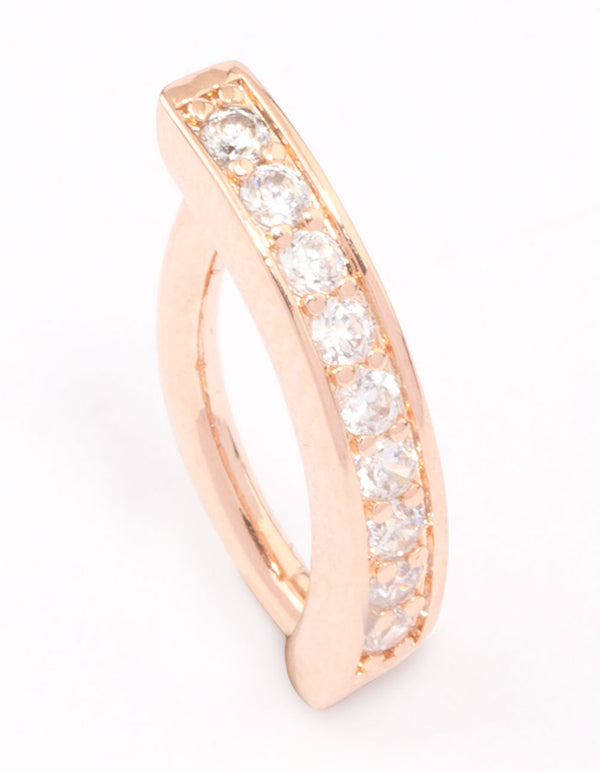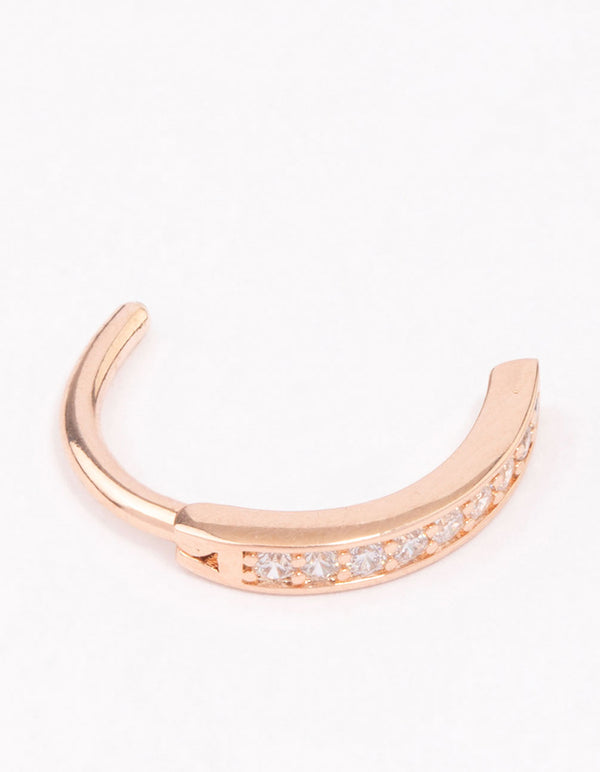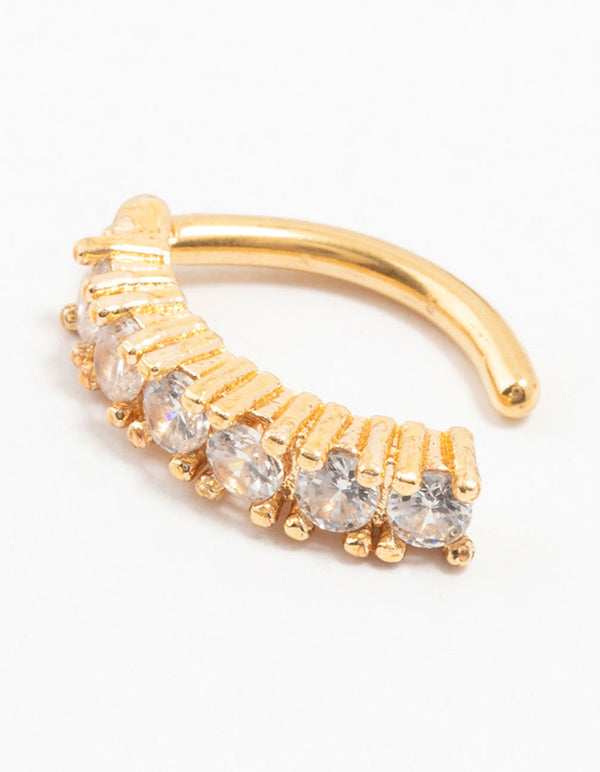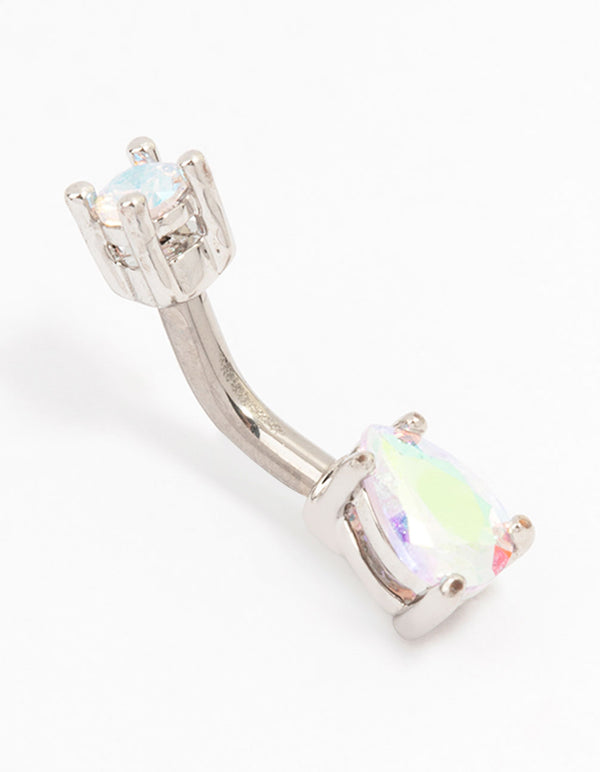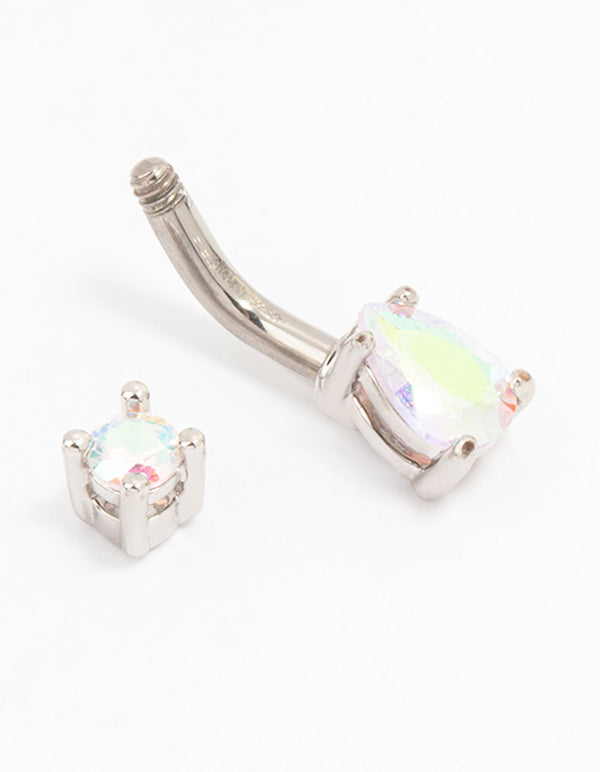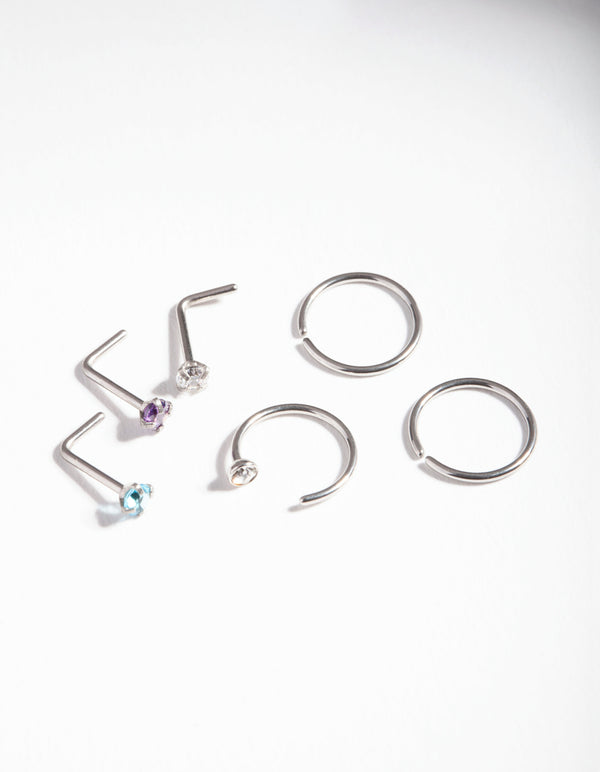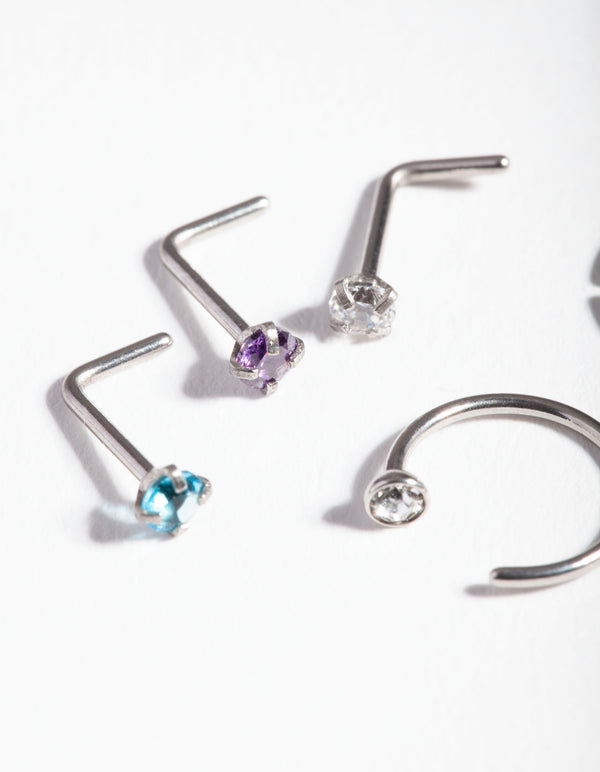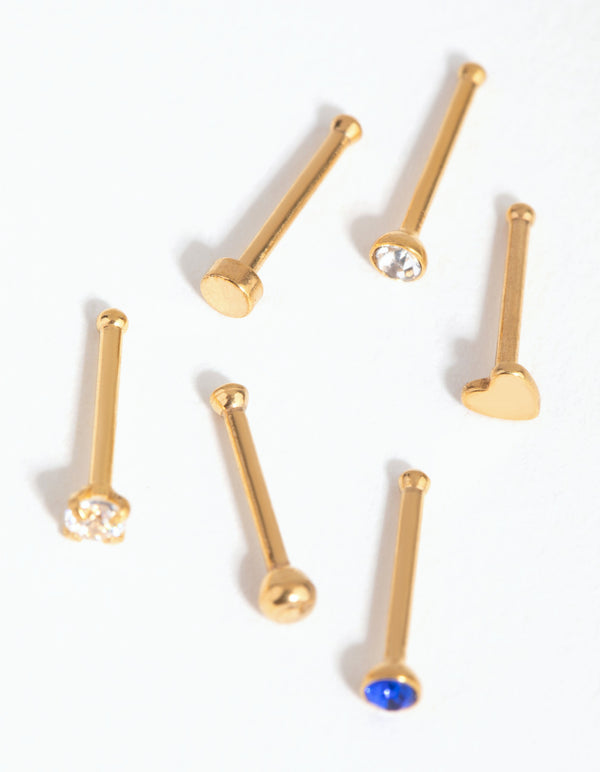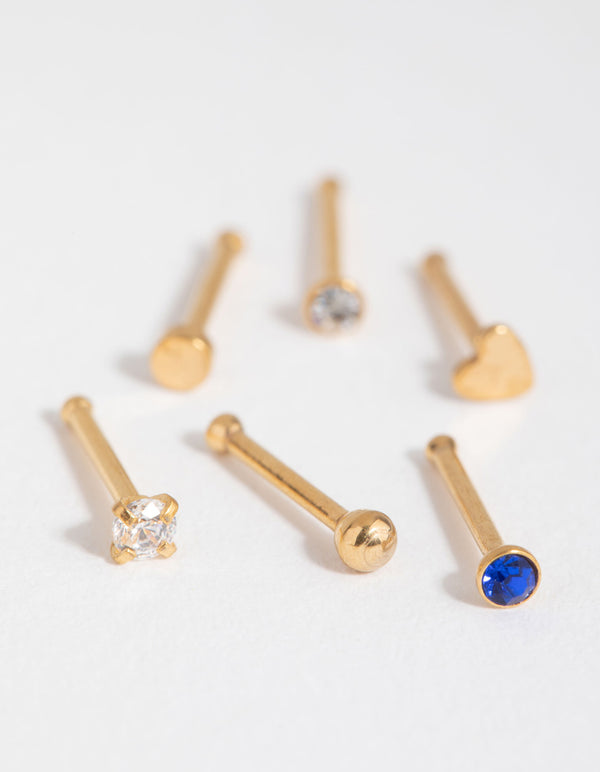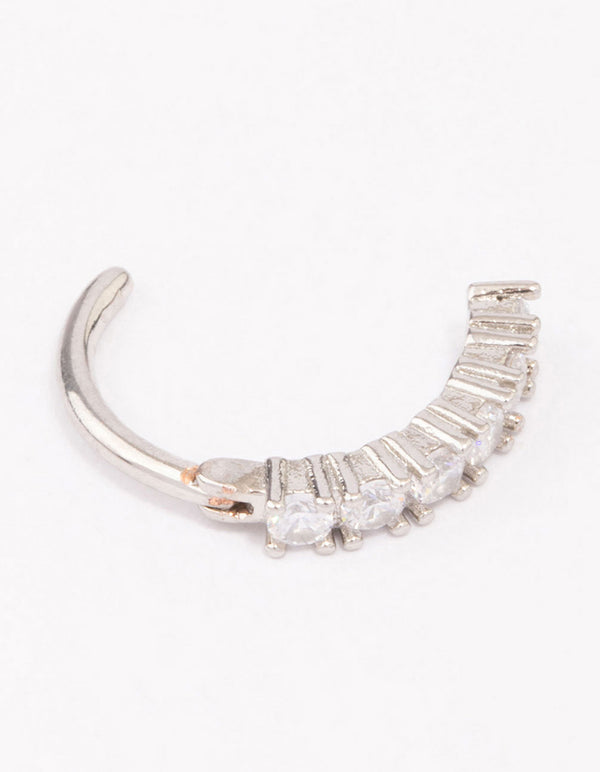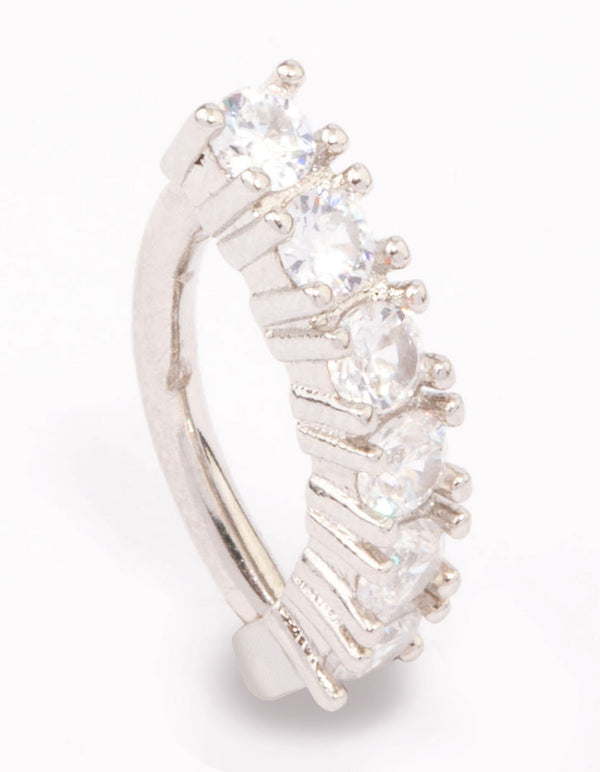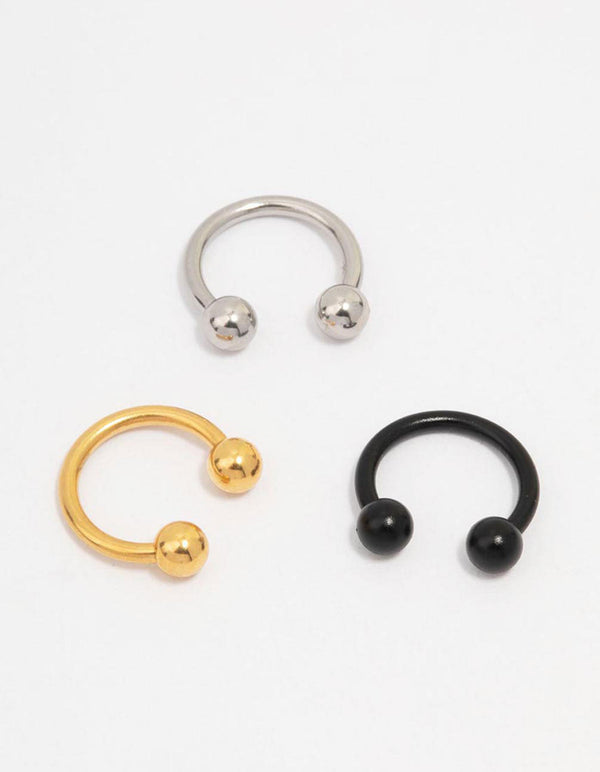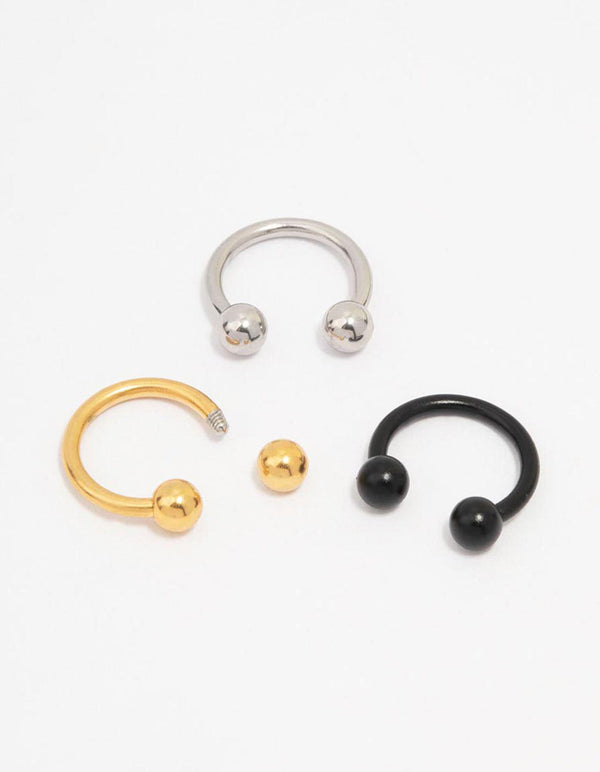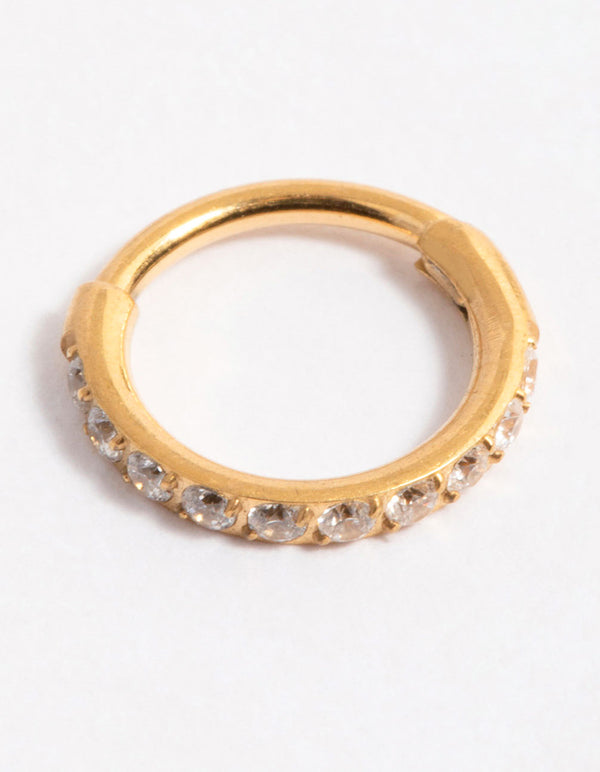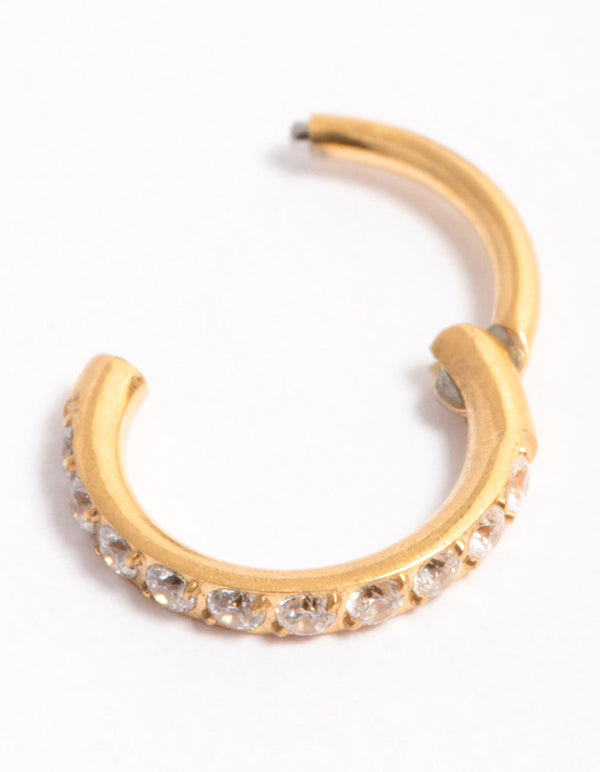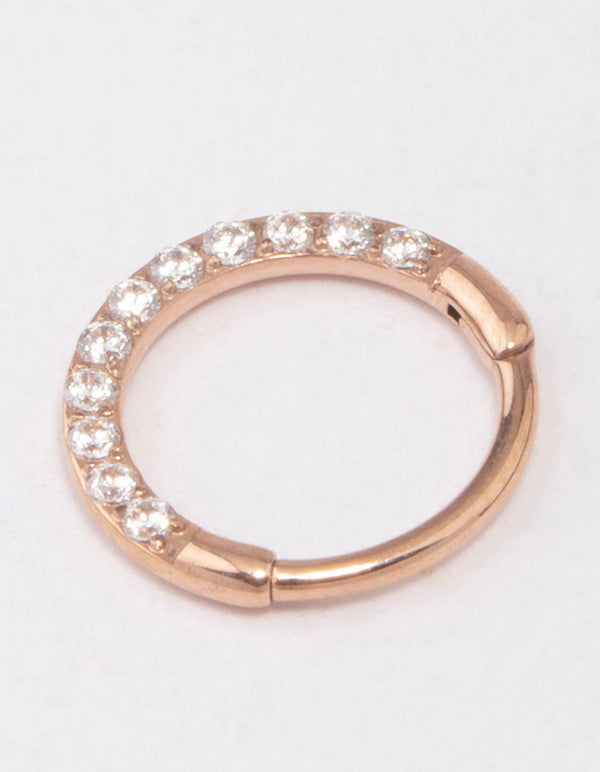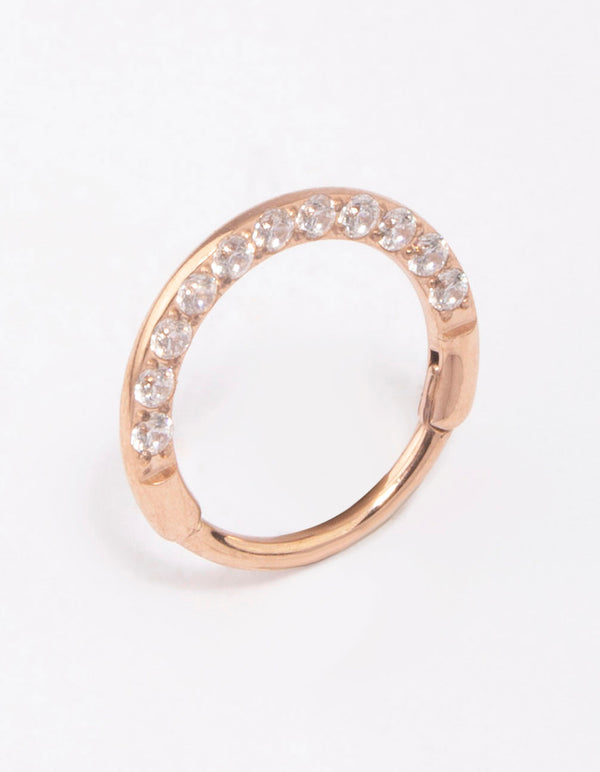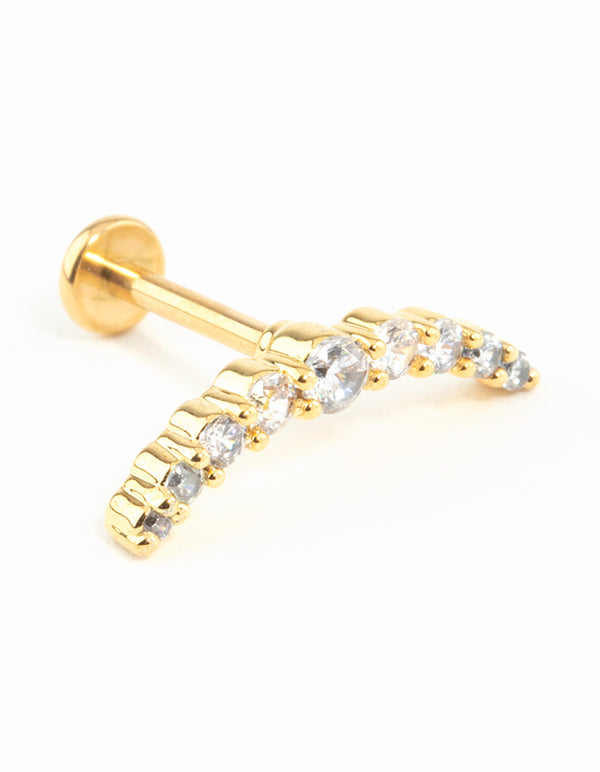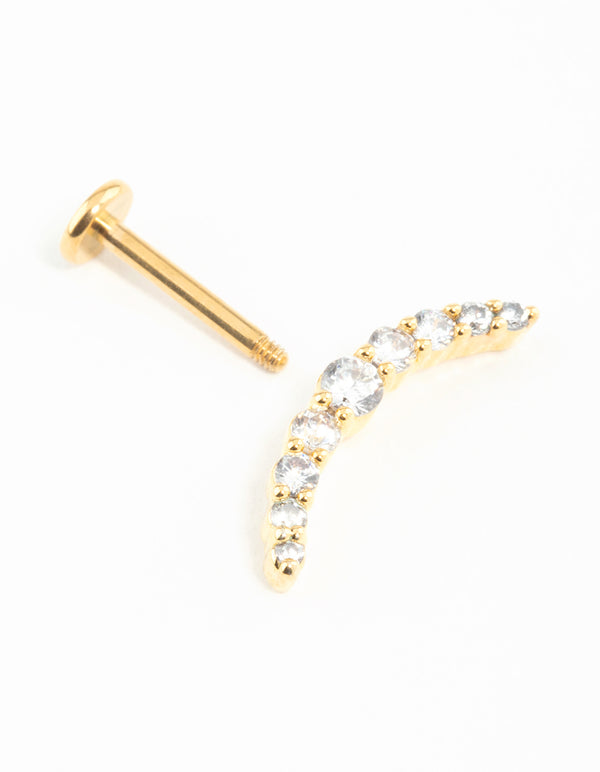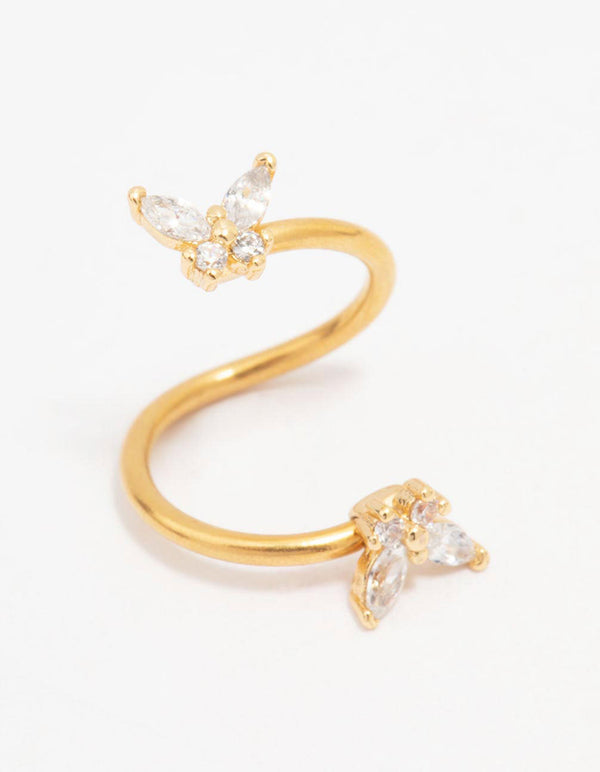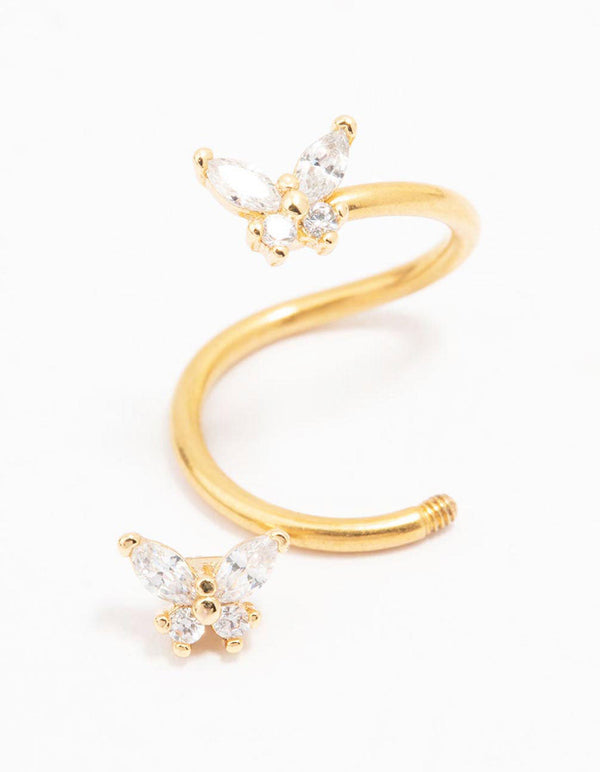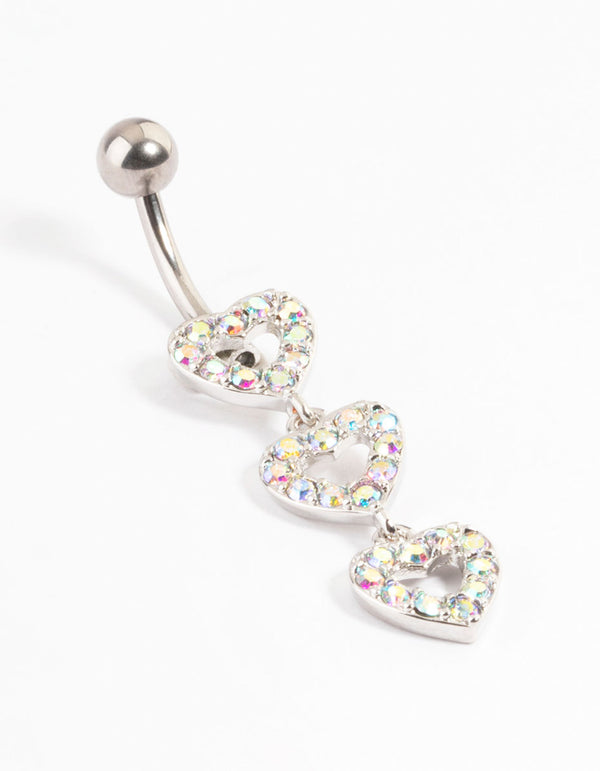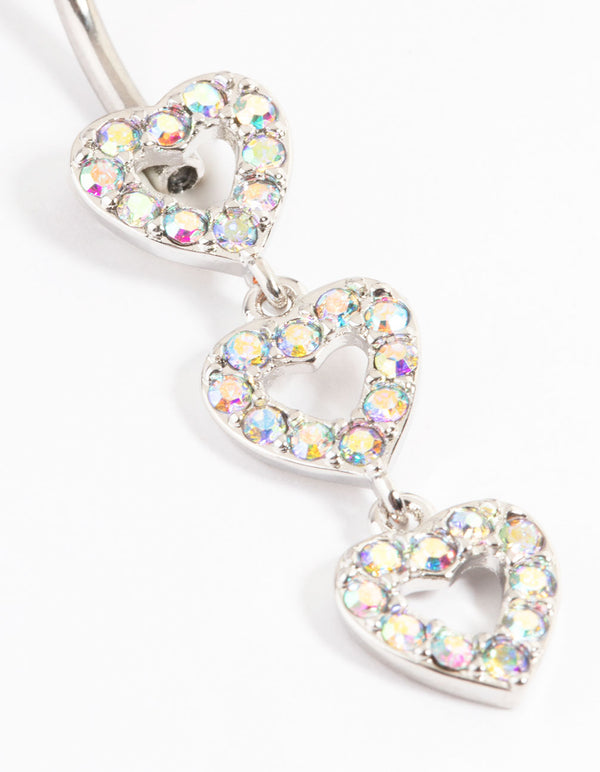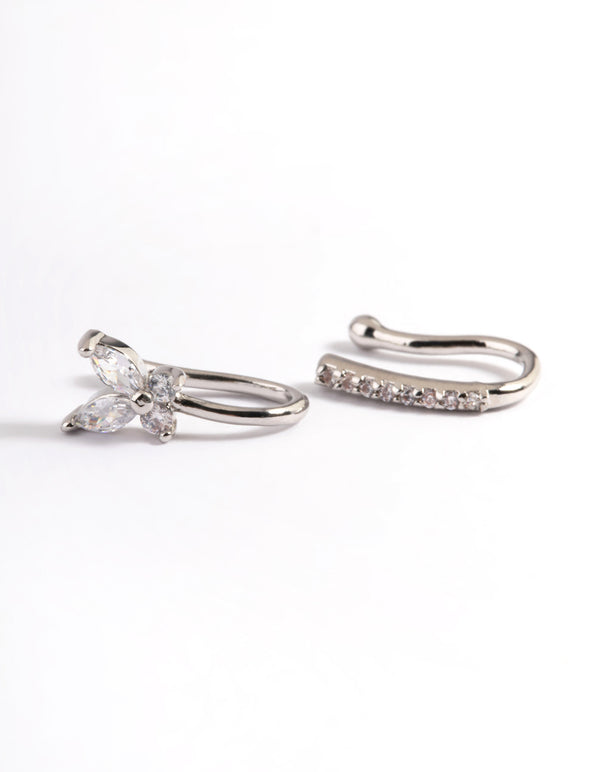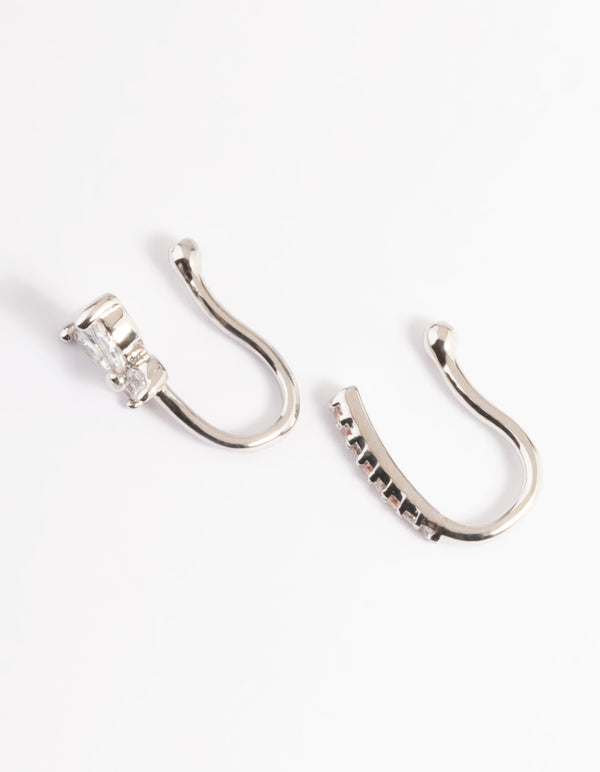Ear Piercing Aftercare Guide
How to care for your new ear piercings
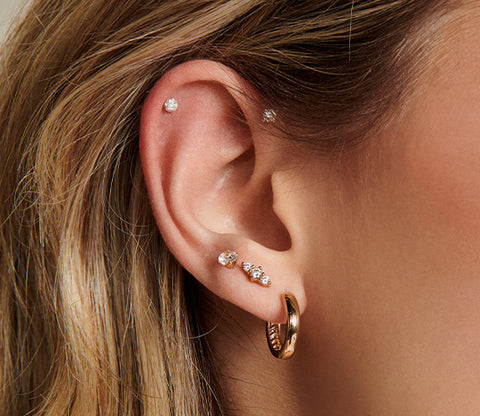
Whether you’ve just had your ears pierced, or you’re curious to learn more about the process – you’ve come to the right place!
In this guide, we’re covering the need-to-knows of piercing aftercare. Including when you can change your piercing jewellery, proper piercing care and cleaning, as well as the average healing time for your new piercing.
Follow our step-by-step guide to achieve a happy and healthy stack!
How to Clean Ear Piercings

Getting your ears pierced for the first time, or adding to your earscape is an exciting experience. At Lovisa, our team of Piercing Specialists are highly trained to provide a smooth and comfortable piercing experience. Part of our piercing experiences involves a one-on-one consultation with a member of our Piercing Team who will provide you with all the information you need to care for the latest addition to your stack.
To kick start your aftercare journey, follow these steps on how to clean and care for your new ear piercing.
Step 1: Before cleaning your piercing, ensure your hands are washed and clean.
Before cleaning your piercing, ensure your hands are clean and germ-free! Wash your hands thoroughly with warm water and a gentle soap to avoid introducing bacteria to the area. Where possible, avoid touching the piercing site directly, instead use a cotton swob.
Step 2: Using an aftercare solution, gently clean the area around your piercing.
Now that you’re prepped and ready, you can start to clean your piercing. Using the Lovisa Aftercare Solution, apply a generous amount of the cleaning solution to your cotton swob. Gently dab the front and back of your piercing with the swob, paying particular attention to the piercing jewellery. Repeat this 2-3 times daily until your piercing is fully healed!
Step 3: After cleaning and before sleep, check that your piercing back is positioned in the grove of your earring post and not flush against the ear.
It might be tempting to push your earring back flush to your ear for a more secure fit – but this can result in infection or irritation. Avoid the temptation to adjust the positioning of your earring back, instead – make sure the back is sitting in the grove at the end of the piercing post. This will allow your piercing to breathe and allow for natural swelling.
How long does it take an ear piercing to heal?

Healing times vary depending on the type of ear piercing! This is an important thing to consider when choosing a new piercing.
Ear lobe piercings heal faster than cartilage piercings due to differences in the tissue area. Ear lobe piercings, including first and second ear piercings, take 6-8 weeks to fully heal. Cartilage piercings, including helix and mid-helix piercings, can take 6-12 months to heal entirely.
Popular piercings, like conch and tragus ear piercings, can take up to a year to heal fully.
How can I make my ear piercing heal faster?
To heal an ear piercing faster, ensure you're cleaning your piercing regularly and consistently. Often, involving a step for piercing aftercare into your morning and night time routines can help integrate this seamlessly into your day.
To advance the healing time of your ear piercing, try out the Lovisa 2-in-1 aftercare solution. This combined cleanser and ear piercing spray is designed to heal your piercing in just 3 weeks – as opposed to traditional 6-8 week applications for ear lobe piercings.
Another way to speed up the healing process is to keep the piercing area dry. After showering or exposure to water, carefully dab your piercing dry with a cotton swab or piece of clean gauze to limit your risk of infection or prolonged healing.
Can I sleep on my ear after piercing?
Where possible, try to avoid sleeping on the side of your new ear piercing. Sleeping on a new piercing can cause friction and irritate the area, prolonging the healing of your piercing and increasing your risk of infection.
If you’re a side sleeper, consider investing in a travel pillow to minimise the amount of pressure on your piercing overnight and clean your pillowcase every three days as an extra precaution against infection. For one off piercings, like a helix, we recommend getting these on your non-sleeping side for an easier transition.
How long do you have to wait to swim after ear piercing?
We recommend avoiding swimming and water-related activities for the first three weeks after receiving a new piercing. Swimming in pools or the ocean can increase your exposure to potential irritants and bacteria which can cause complications during the healing process.
If you can’t avoid swimming during the healing period, try not to submerge the pierced area underwater. As an extra precaution, cover your piercing with a waterproof bandage to form a barrier between the water and the pierced tissue. Immediately after swimming, rinse the piercing with fresh water and clean the area using your aftercare solution.
After you've completed the healing time required for your piercing, you can change your jewellery to pieces from our Waterproof Jewellery Collection — designed to be swim and sweat-resistant!
Waterproof Gold Plated Stainless Steel Ribbed Wide Huggie Earrings
Waterproof Gold Plated Stainless Steel Cubic Zirconia Stud Earrings 7 MM
Waterproof Gold Plated Stainless Steel Star Hoop Earrings
Waterproof Gold Plated Stainless Steel Plain Band Ring Pack
Waterproof Gold Plated Stainless Steel Medium Molten Hoop Earrings
Waterproof Gold Plated Stainless Steel Core Clicker Earrings 14 MM
Waterproof Gold Plated Stainless Steel Textured Flower Stud Earrings
Waterproof Gold Plated Stainless Steel Cubic Zirconia Stud Earrings
Waterproof Gold Plated Stainless Steel Diamante Scatter Band Ring
Waterproof Gold Plated Stainless Steel Sleeper Earrings 12 MM
Waterproof Stainless Steel Clicker Hoop Earrings 16 MM
Waterproof Gold Plated Stainless Steel Ribbed Wide Huggie Earrings
Waterproof Gold Plated Stainless Steel Cubic Zirconia Stud Earrings 7 MM
Waterproof Gold Plated Stainless Steel Star Hoop Earrings
Waterproof Gold Plated Stainless Steel Plain Band Ring Pack
Waterproof Gold Plated Stainless Steel Medium Molten Hoop Earrings
Waterproof Gold Plated Stainless Steel Core Clicker Earrings 14 MM
Waterproof Gold Plated Stainless Steel Textured Flower Stud Earrings
Waterproof Gold Plated Stainless Steel Cubic Zirconia Stud Earrings
Waterproof Gold Plated Stainless Steel Diamante Scatter Band Ring
Waterproof Gold Plated Stainless Steel Sleeper Earrings 12 MM
Waterproof Stainless Steel Clicker Hoop Earrings 16 MM
Waterproof Gold Plated Stainless Steel Ribbed Wide Huggie Earrings
Waterproof Gold Plated Stainless Steel Cubic Zirconia Stud Earrings 7 MM
Waterproof Gold Plated Stainless Steel Star Hoop Earrings
How do I know if my ear piercing is healed?
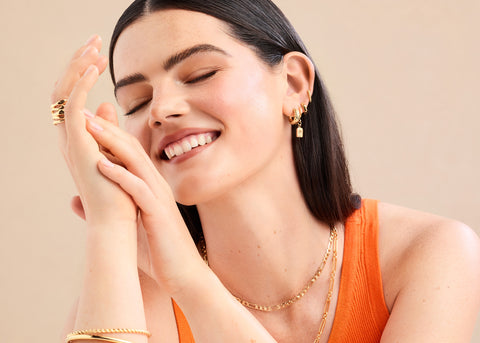
To determine whether your ear piercing is fully healed, assess the area around the pierced area. If the colour of the tissue surrounding the piercing site is slightly red or pink in colour, it’s likely that you’re still in the early stages of the healing process.
Once healed, your skin should appear normal in colour and texture – with no signs of irritation or bumps.
How do I know if my ear piercing is infected or irritated?
In the initial healing stages, it’s normal to experience mild amounts of swelling, redness, dried yellow crust, clear discharge, itching and inflammation – so don’t fret!
While these symptoms are completely normal, it’s important to be able to identify signs of infection early on in the healing process. Things to look for include increased swelling or redness, a burning or hot sensation around the piercing site, production of green or murky-coloured discharge, or consistent pain.
If you believe your ear piercing may be infected, seek medical attention immediately.
What is this bump on my ear from my new piercing?
If you’ve noticed a small bump or raised area of skin on, or next to, your piercing, this can indicate a few different complications.
If the bump is raised and has a smooth or shiny surface, it’s likely that the bump is a keloid. These are overgrowths of scar tissue that form at the piercing site. Keloids are often itchy, tender to the touch and may continue to grow over time.
If the bump, or raised skin is presenting differently – it’s possible that the area is an indication of hypertrophic scarring, described as an over-production of tissue in response to a new piercing. Hypertrophic scarring often appears as a slightly raised red bump which may be tender or itchy.
If you’ve noticed the skin around your piercing is raised, do not squeeze or pick at the area. Instead, consult a medical professional to identify the cause of the bump and the correct aftercare management.
When can I change my ear piercing?

Once your piercing is fully healed, it’s time for the exciting part – customising your piercing jewellery! While it might be tempting to switch out your jewellery before your healing time is up, this can cause complications and prolong the healing of your piercing.
For standard earlobe piercings, wait 6-8 weeks before changing your jewellery. After this period is up, you can swap or downsize to a set of studs, flatbacks or huggie hoops. For helix or cartilage piercings, wait up to 9 months before swapping your piercing jewellery.
When changing out your piercing jewellery, make sure you select high quality or hypoallergenic piercing jewellery. Discover our range of surgical steel, titanium or gold plated piercing jewellery here, designed for everyday wear.
Rose Gold Plated Surgical Steel Curved Belly Ring
Gold Surgical Steel Heart Diamante Nose Stud 6-Pack
Surgical Steel Round Cubic Zirconia Curve Belly Ring
Surgical Steel Luna & Solstice Belly Ring Pack
Surgical Steel Opal Belly Bar
Rose Gold Plated Surgical Steel Curved Belly Ring
Gold Surgical Steel Heart Diamante Nose Stud 6-Pack
Surgical Steel Round Cubic Zirconia Curve Belly Ring
Surgical Steel Luna & Solstice Belly Ring Pack
Surgical Steel Opal Belly Bar
There you have it, our ultimate guide to ear piercing aftercare! For more information about caring for your piercing, visit our Piercing FAQs page here. To learn more about our complimentary Lovisa Piercing Services, visit our Piercing Page here for more.
If you have questions about the piercing process or need assistance regarding a recent piercing – get in touch with our team via our Contact Us page here.
